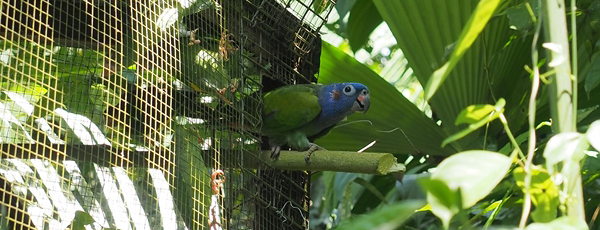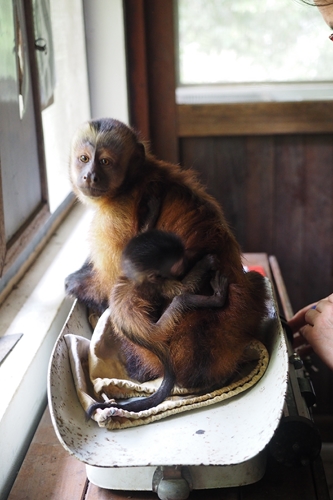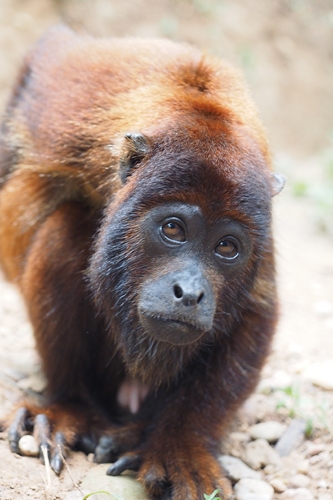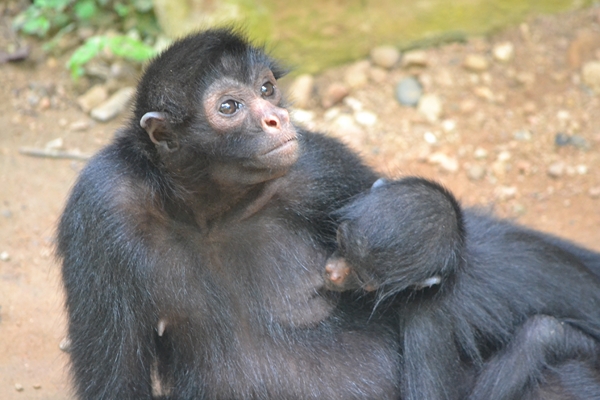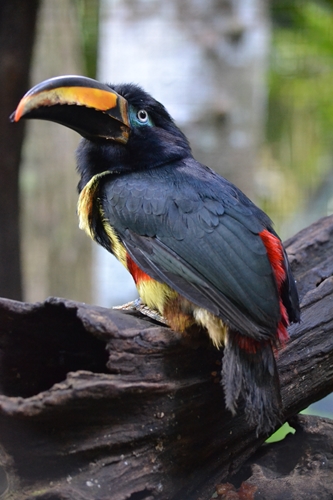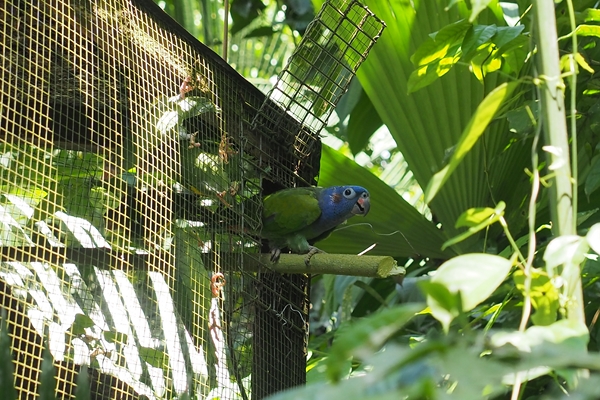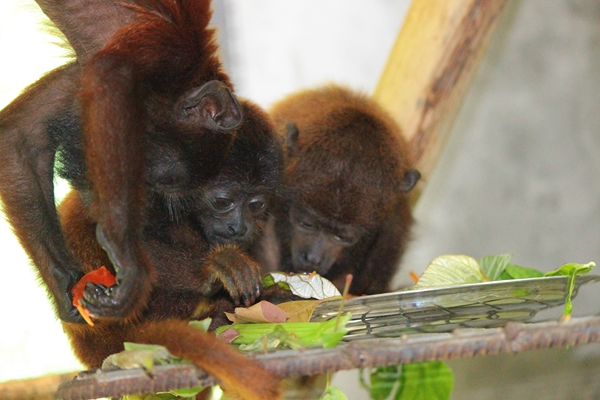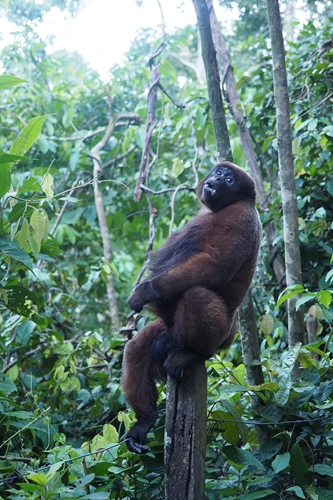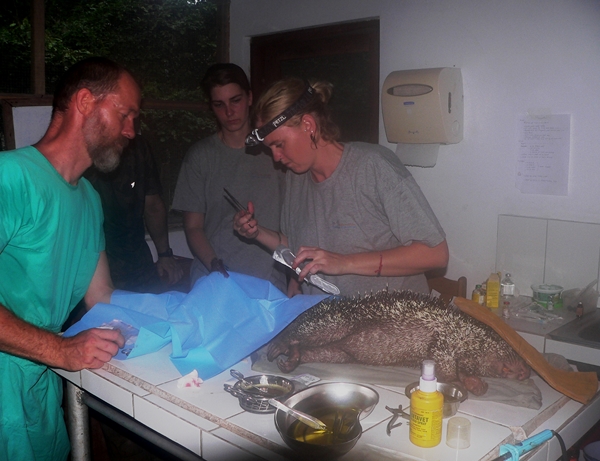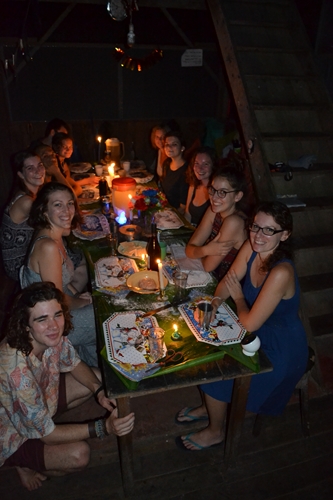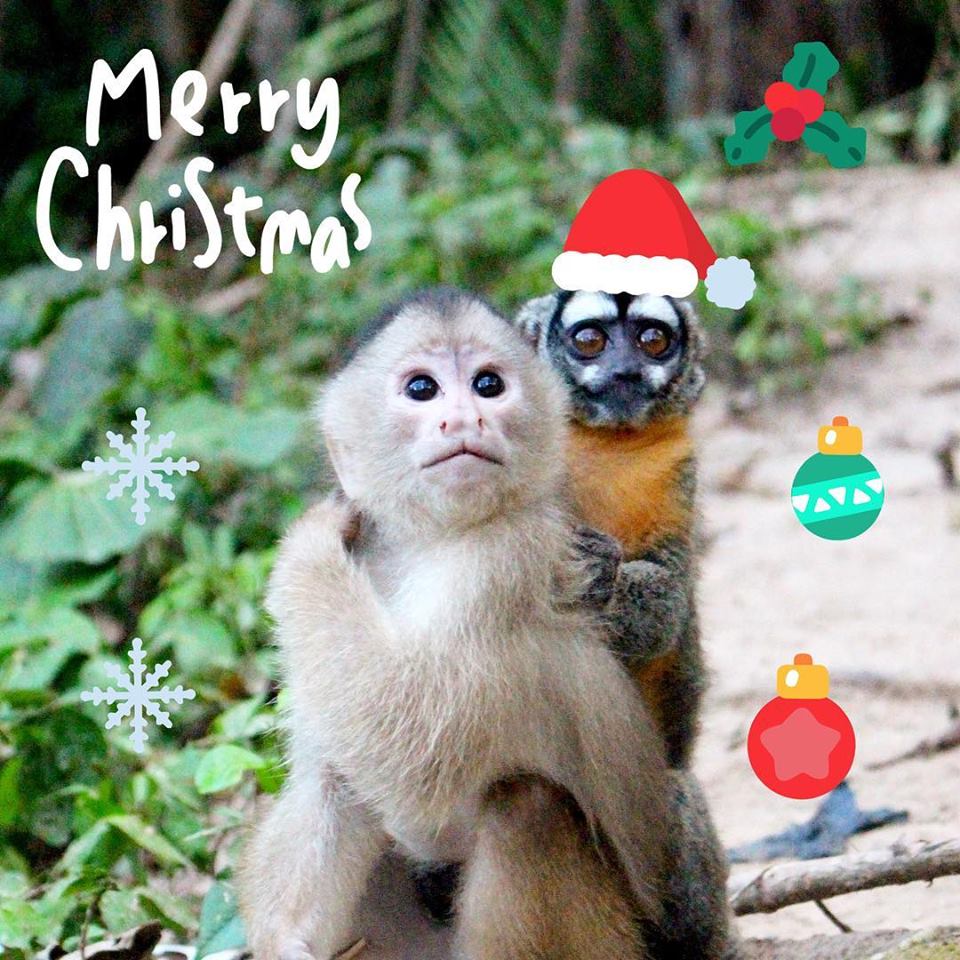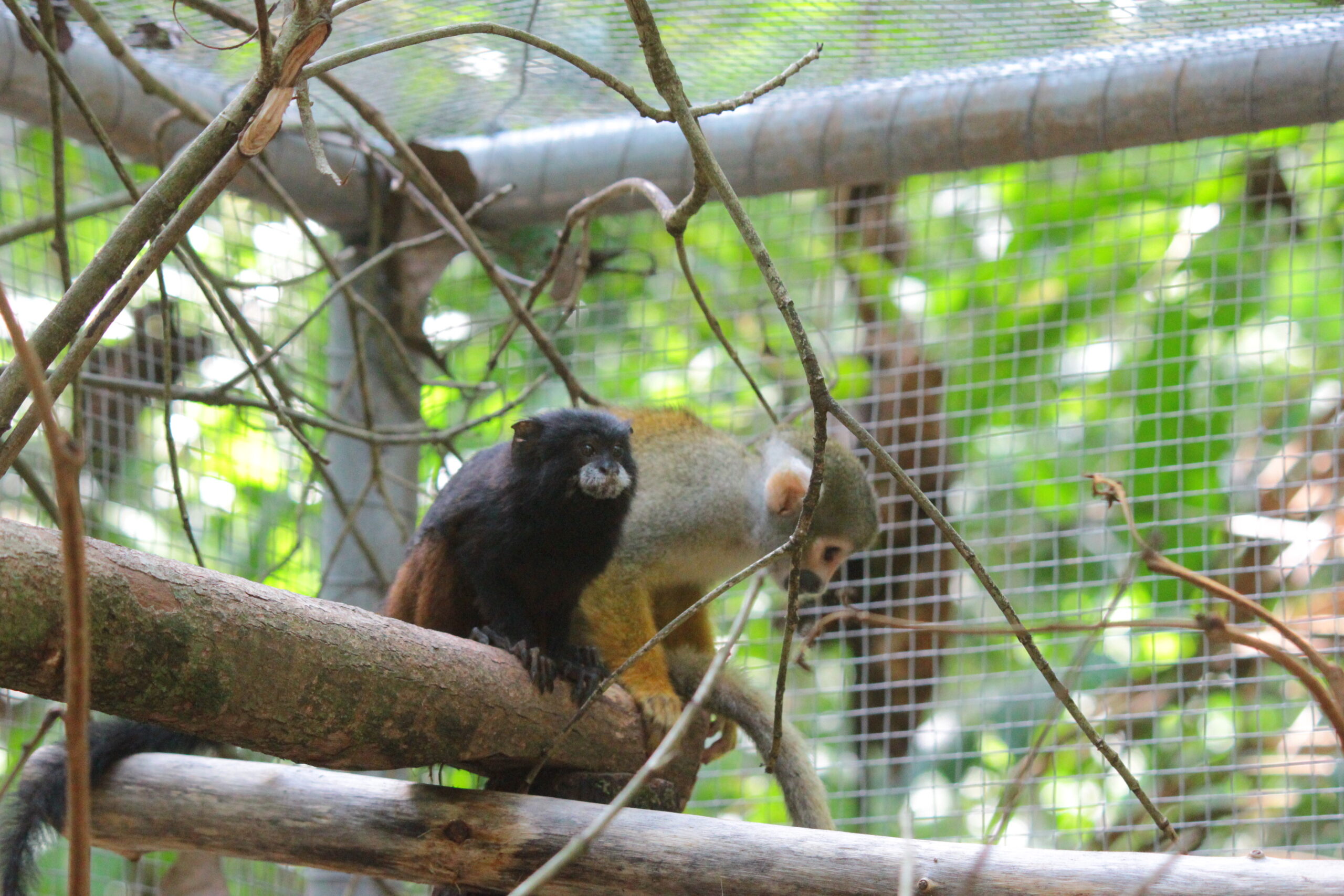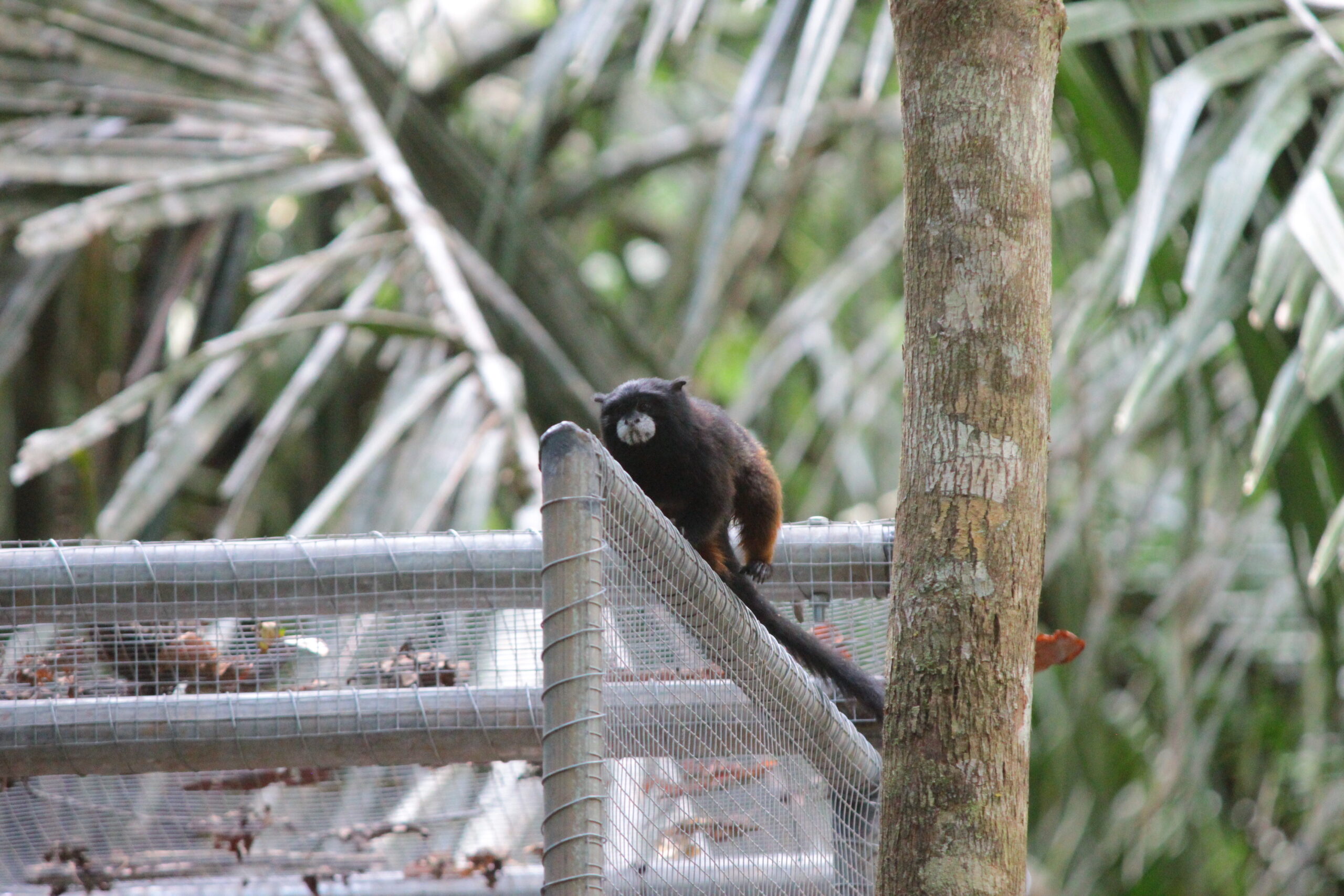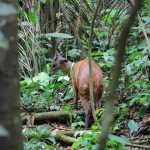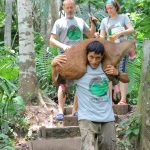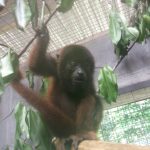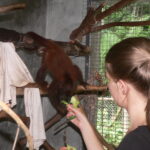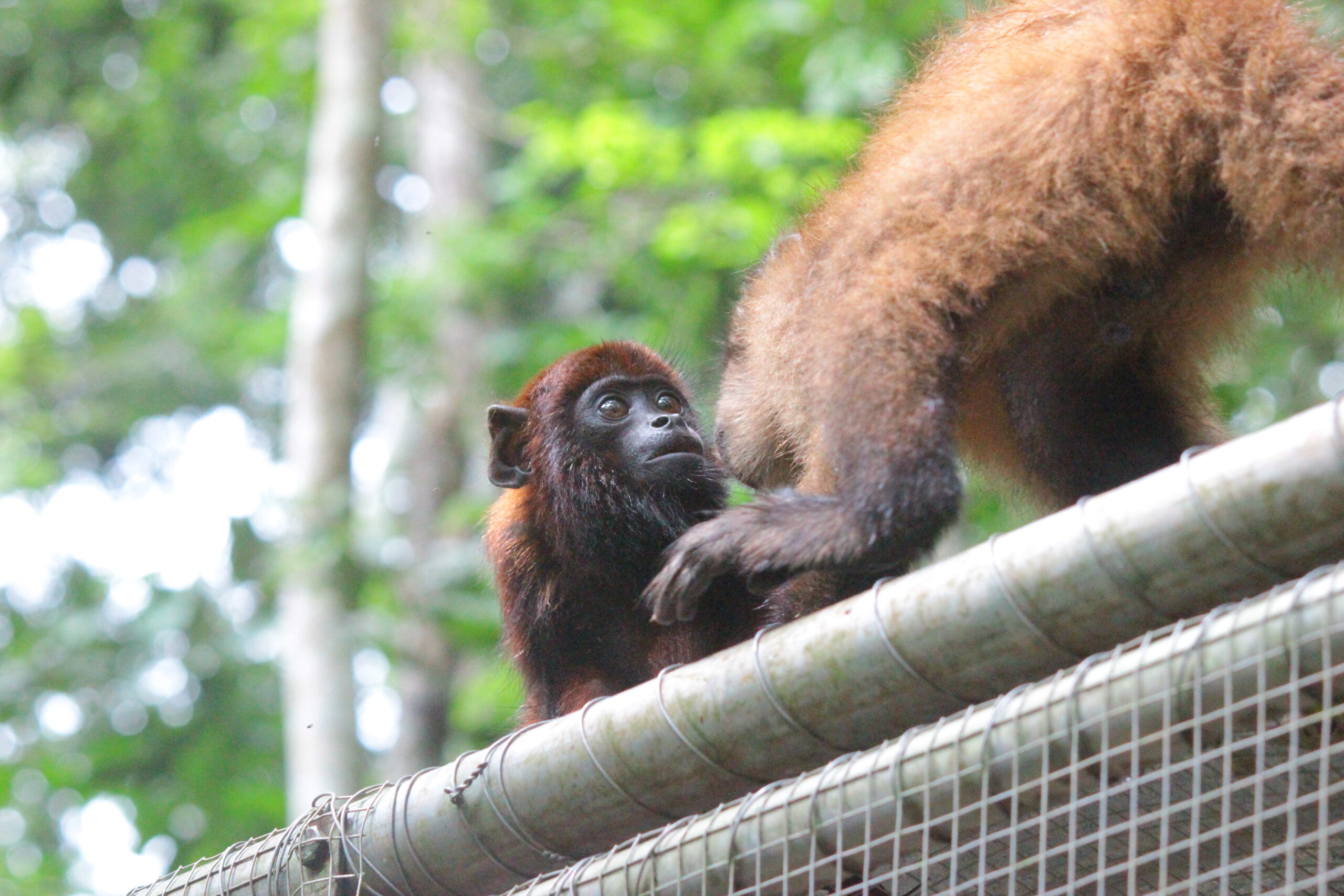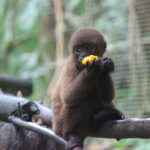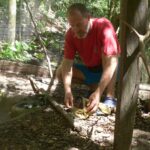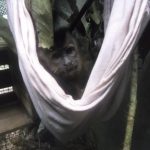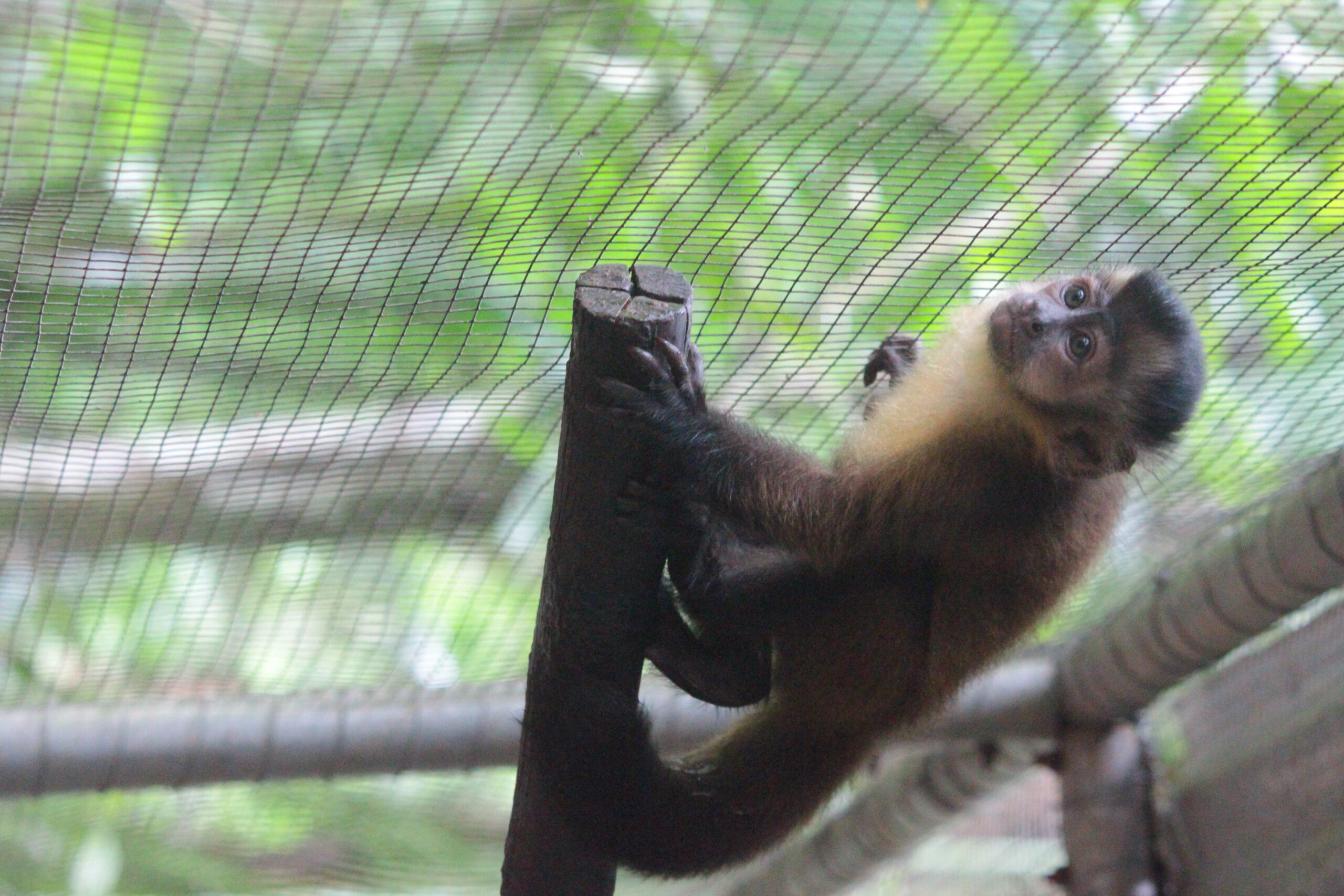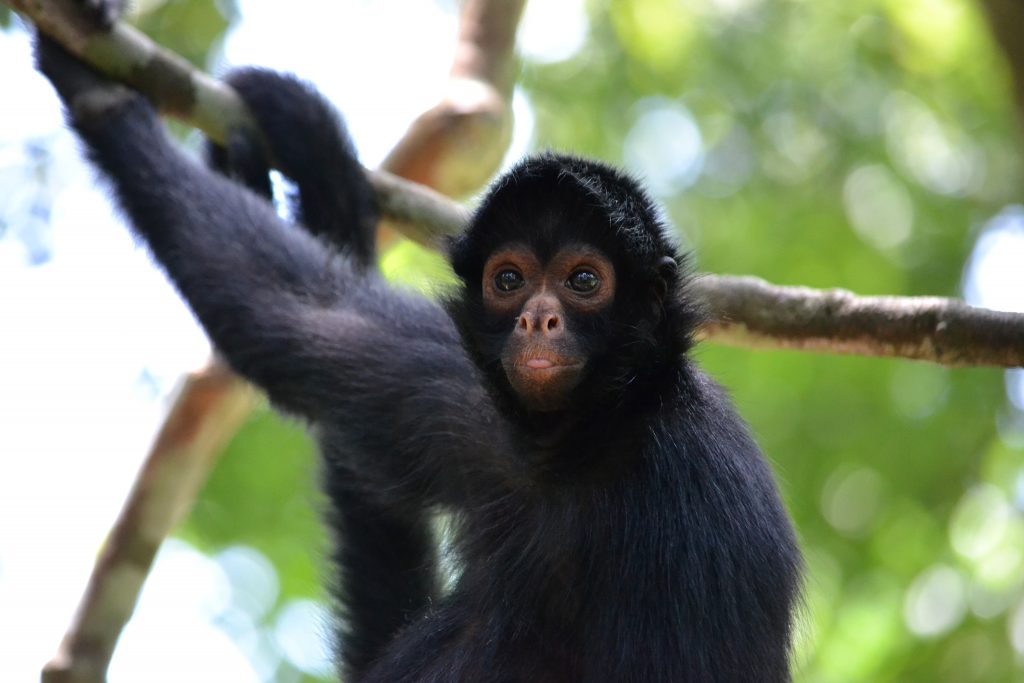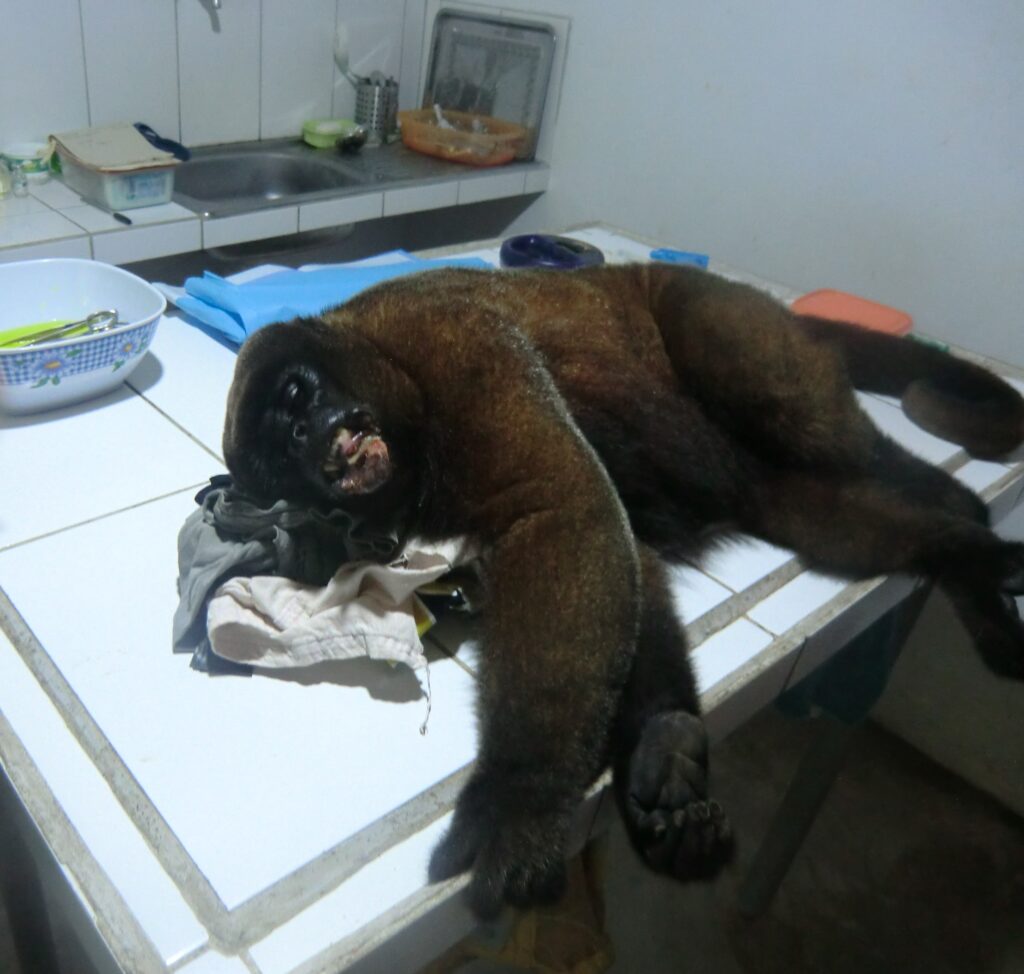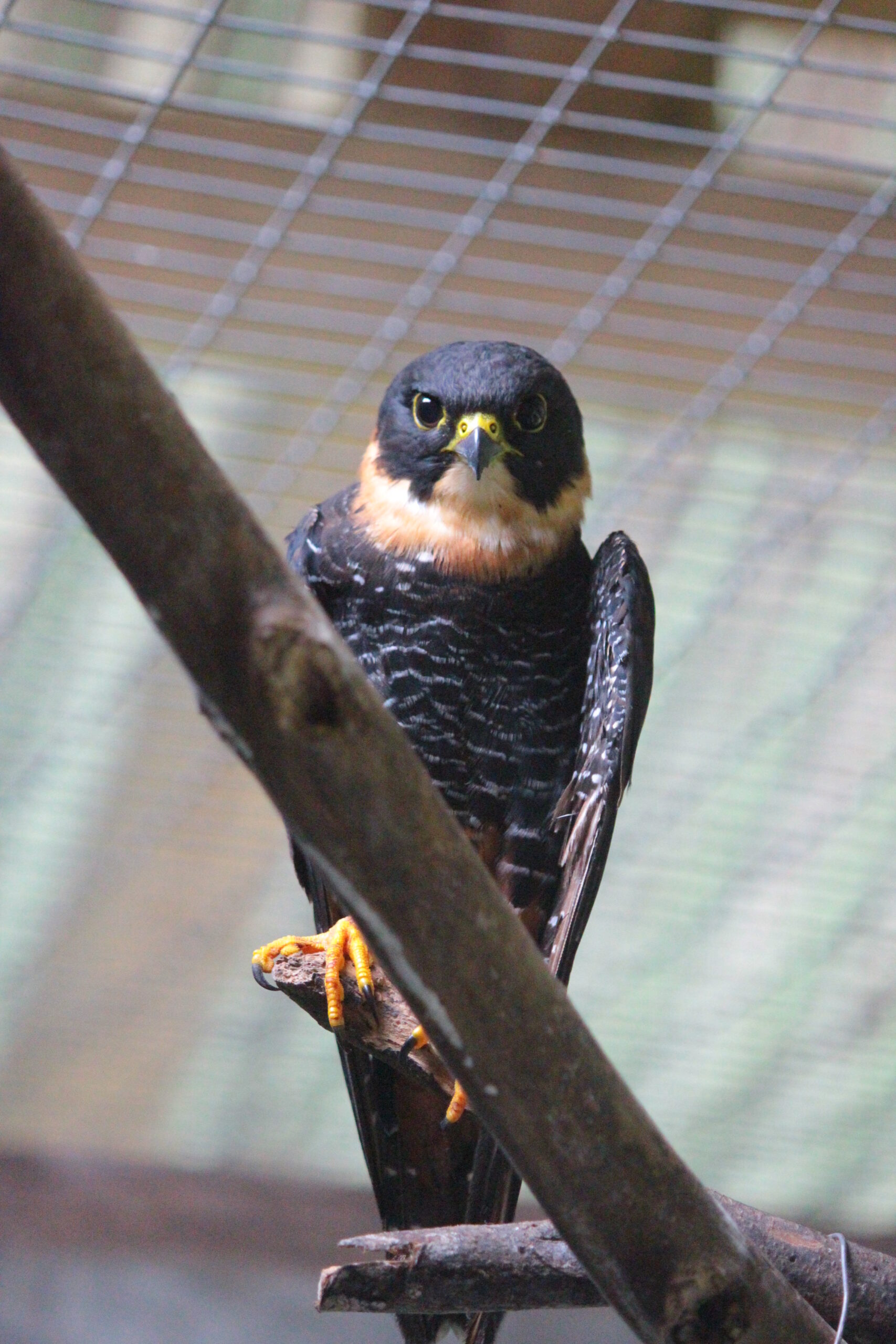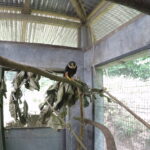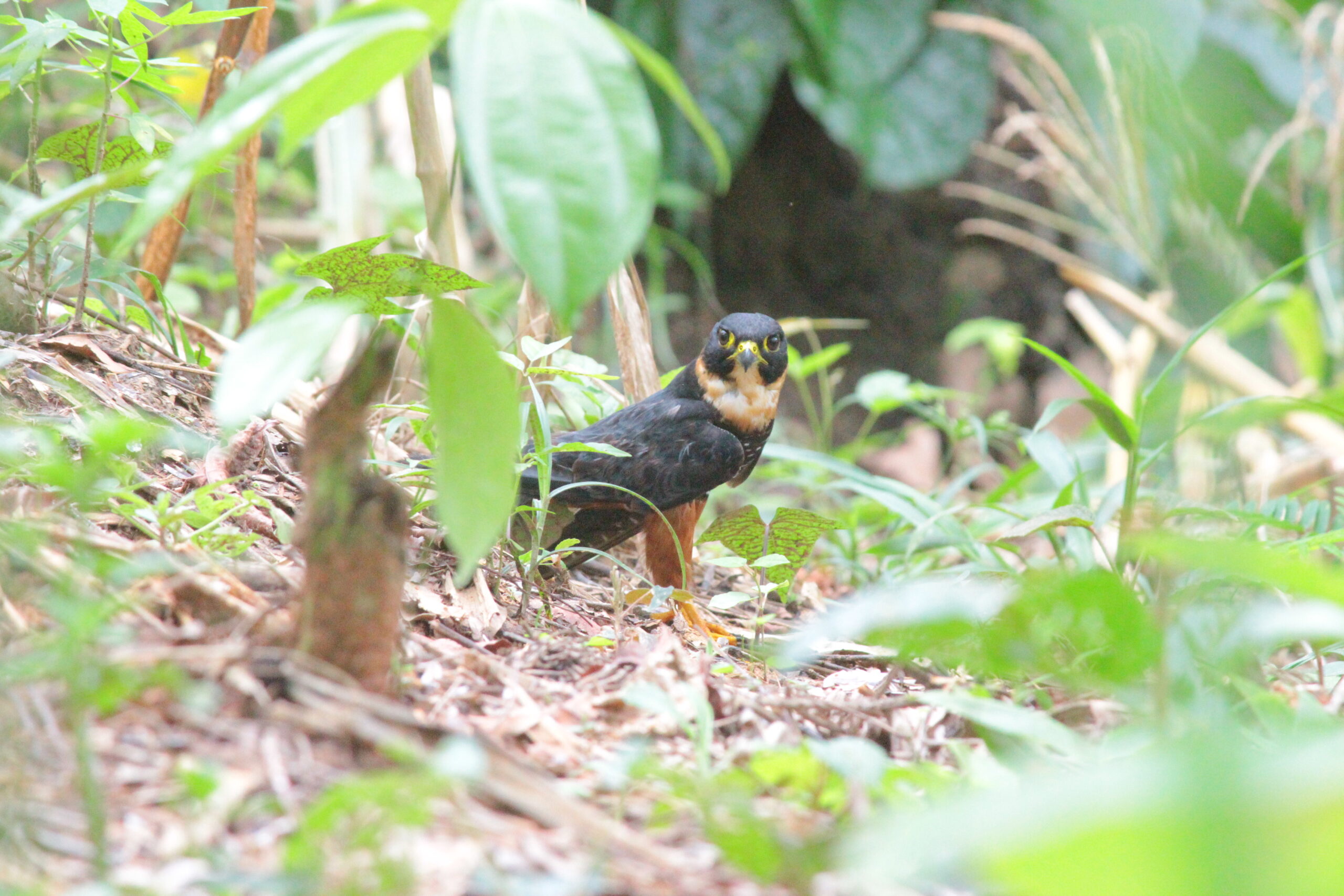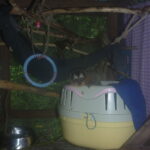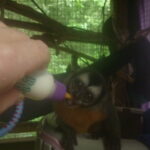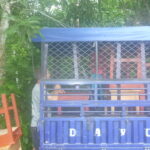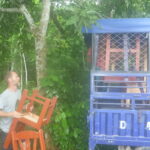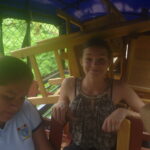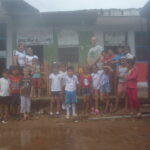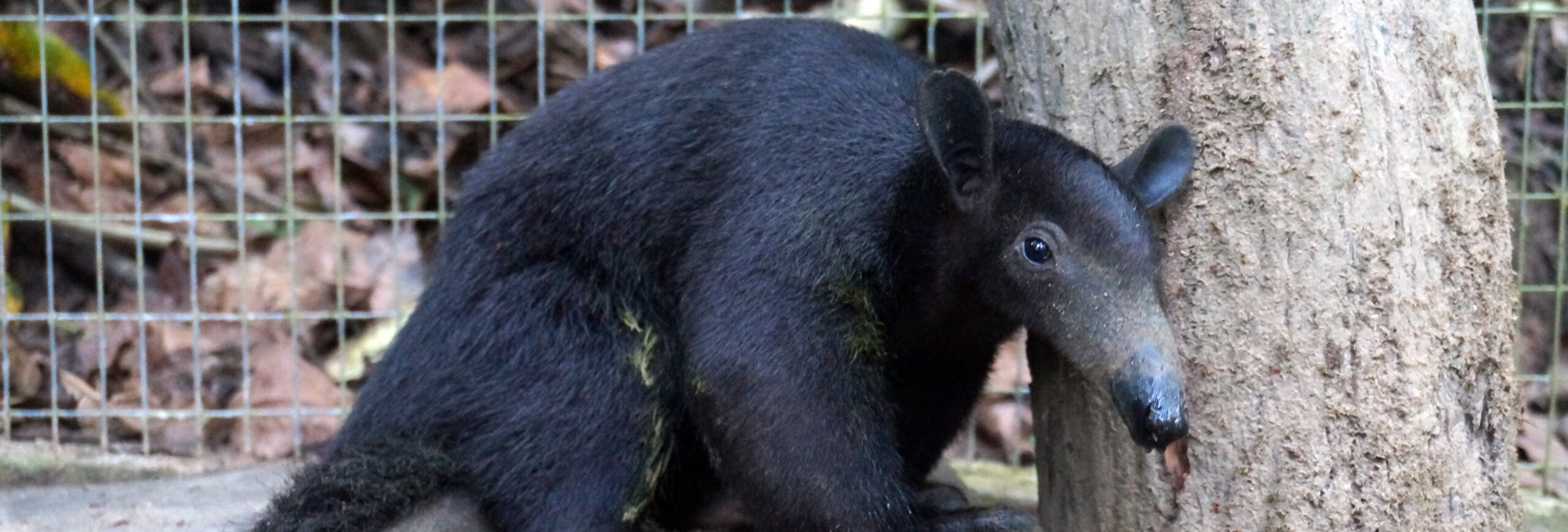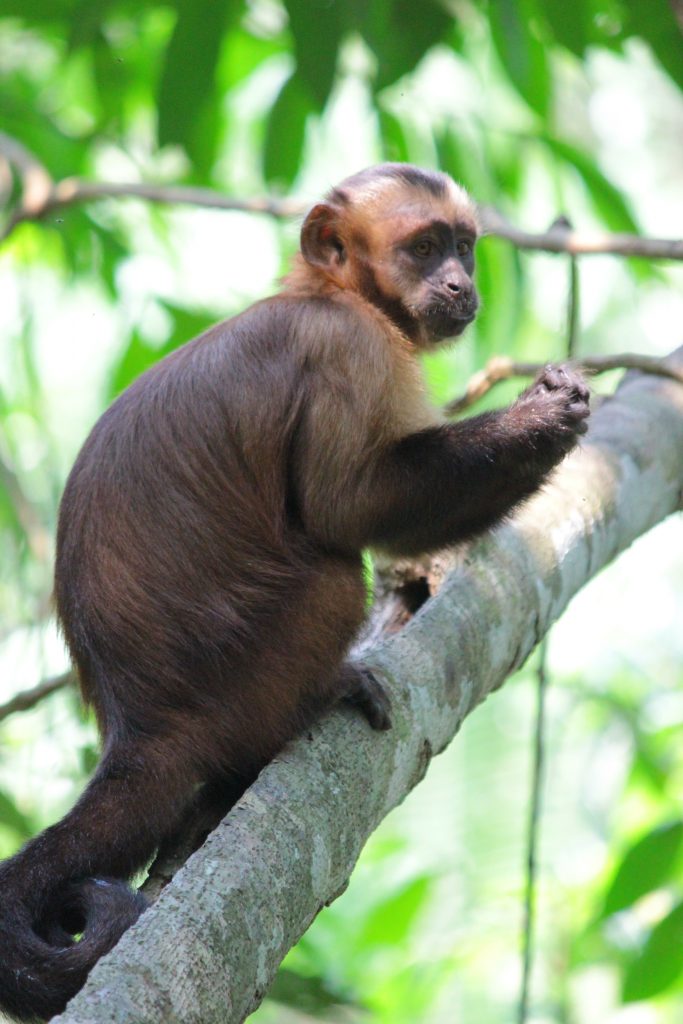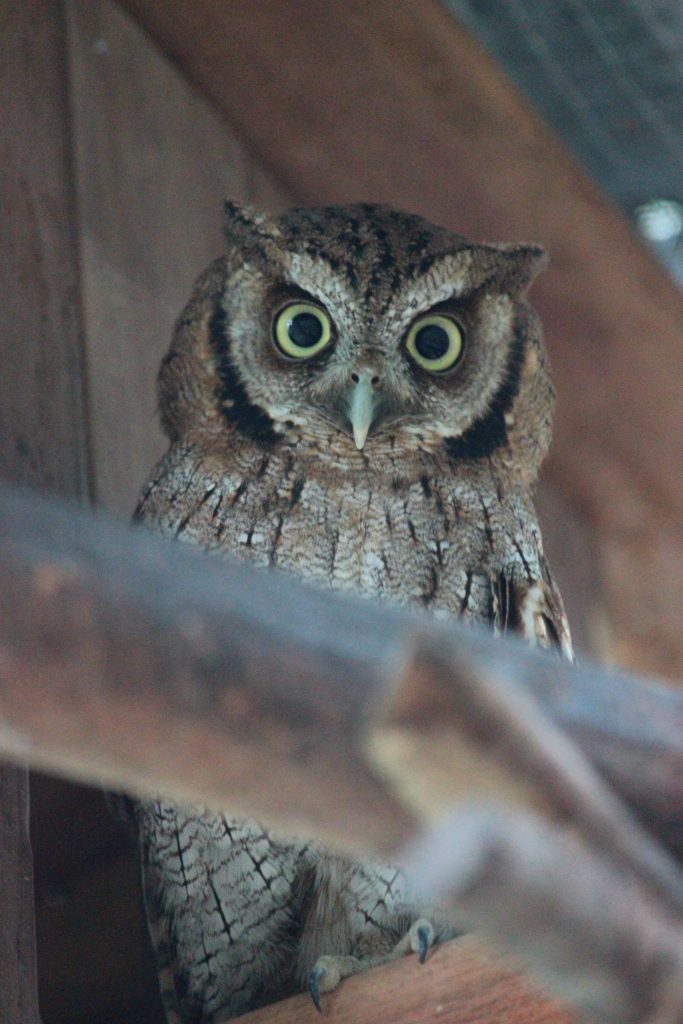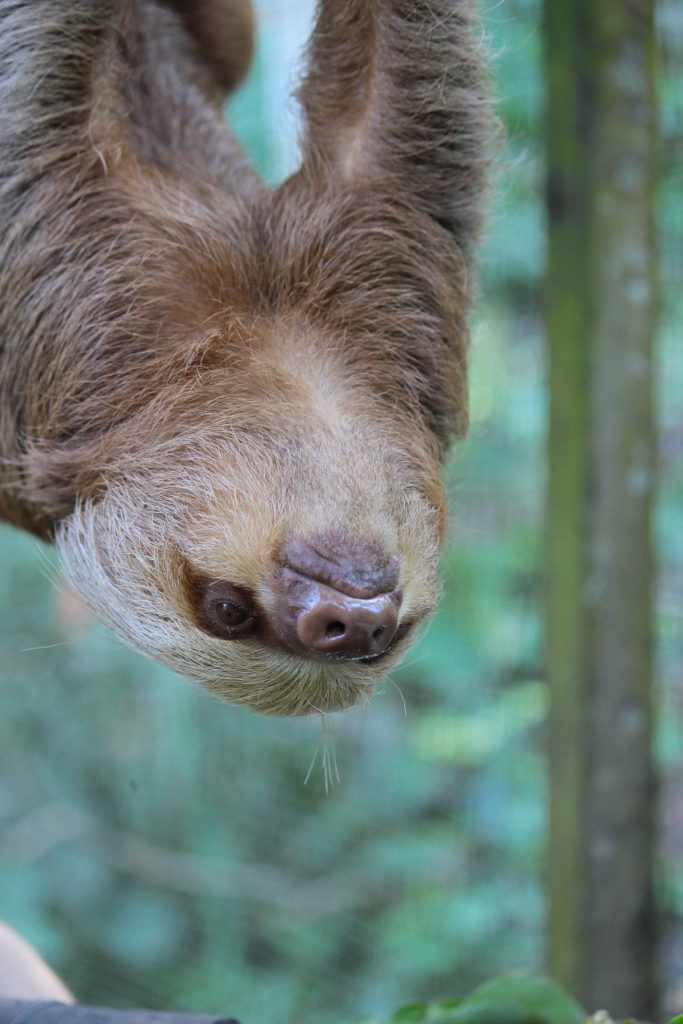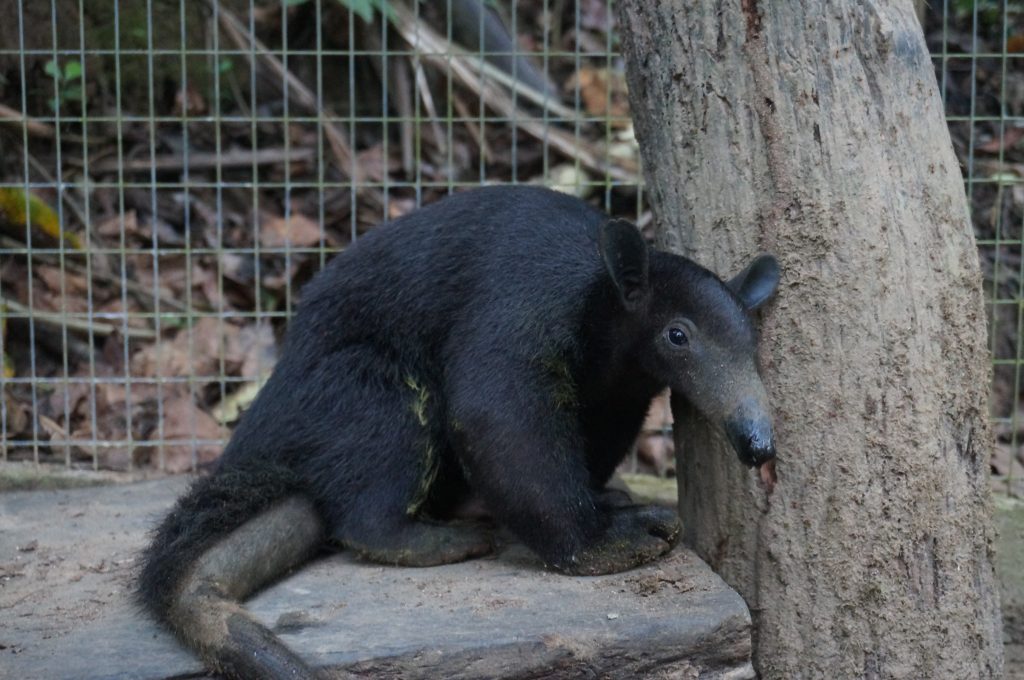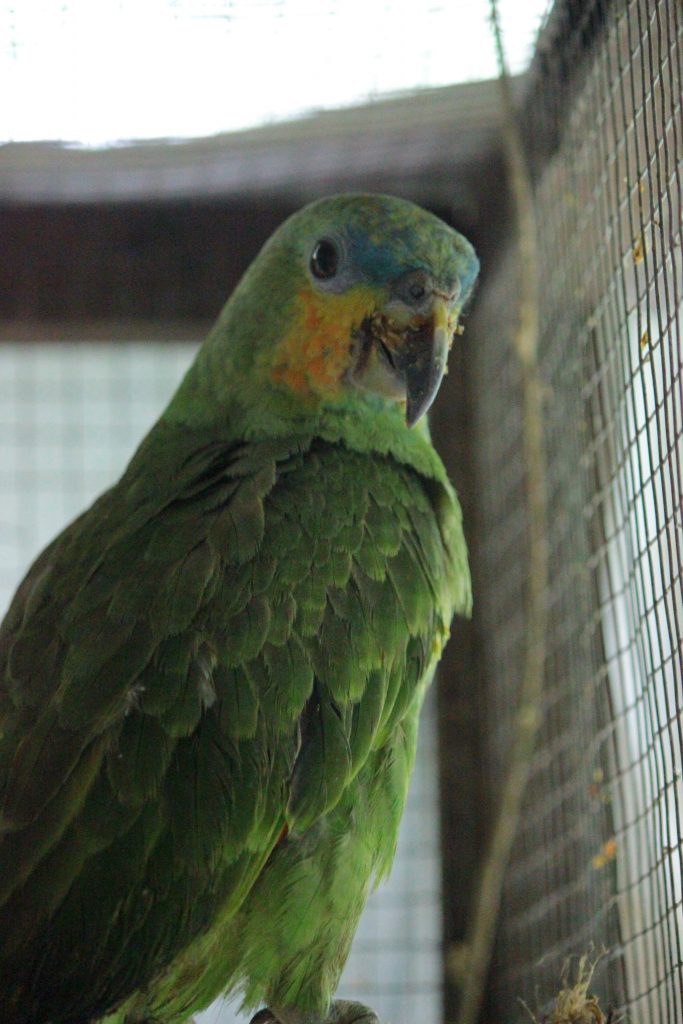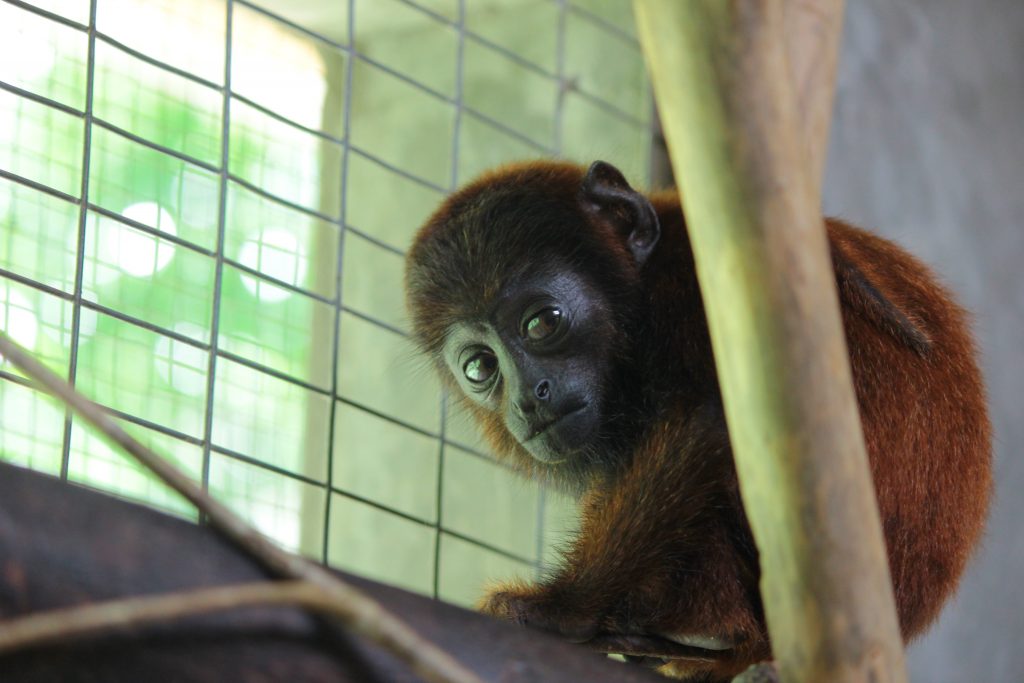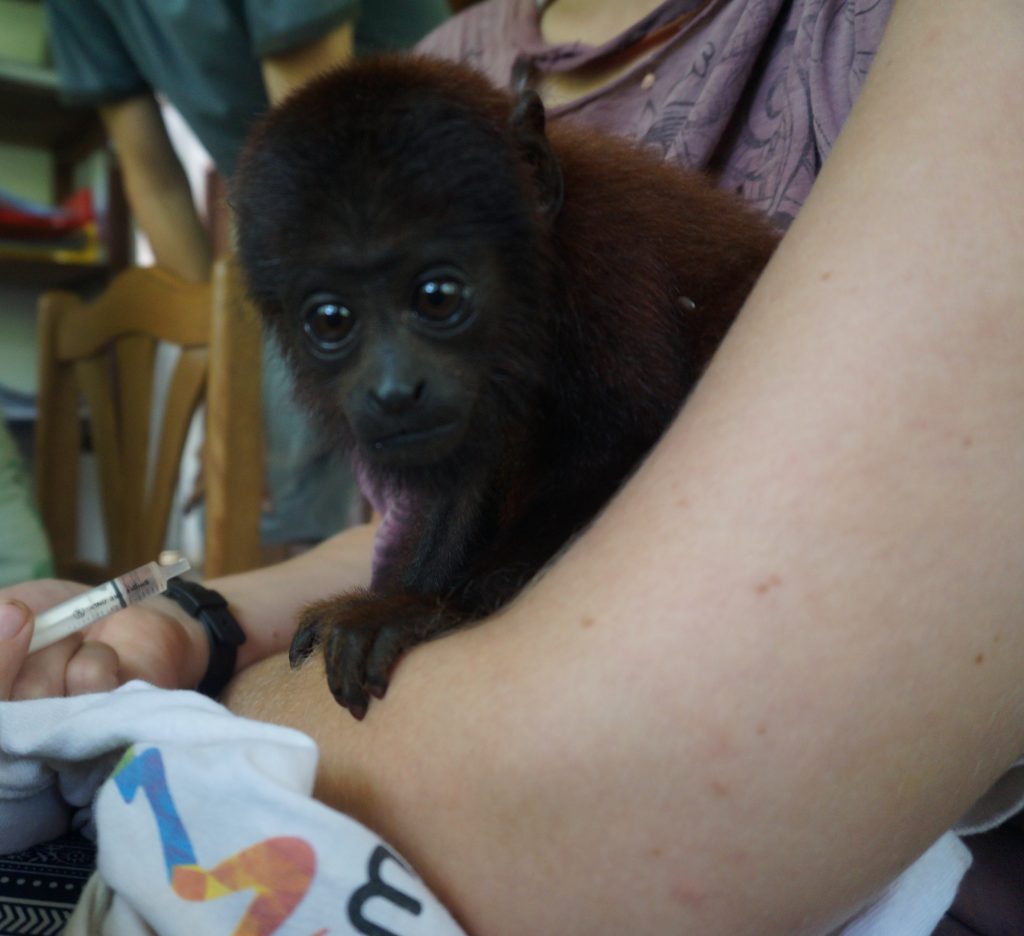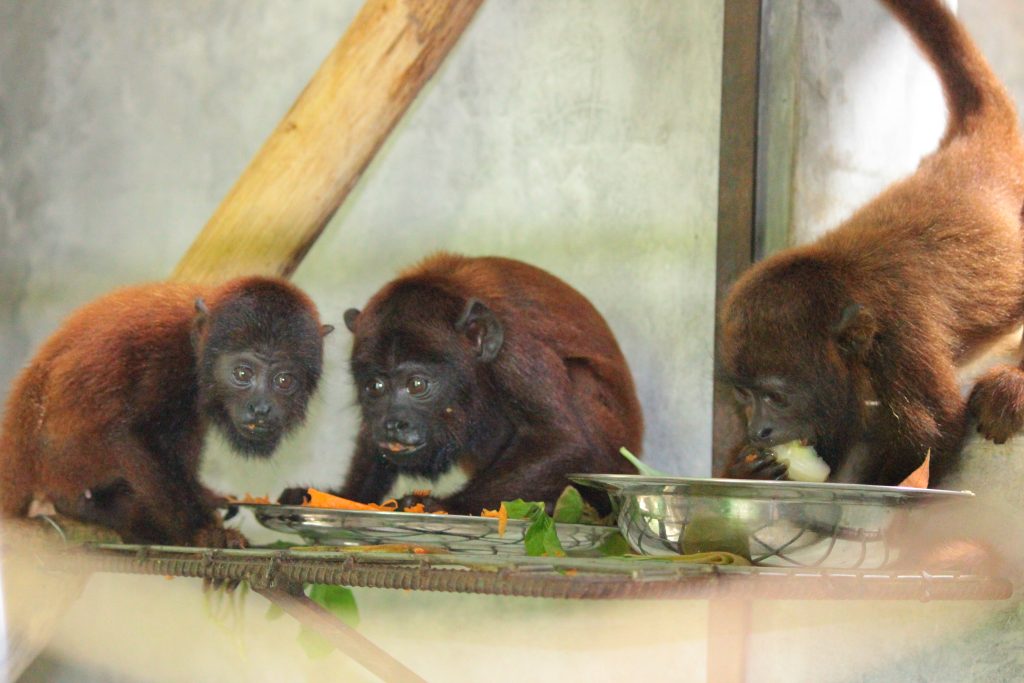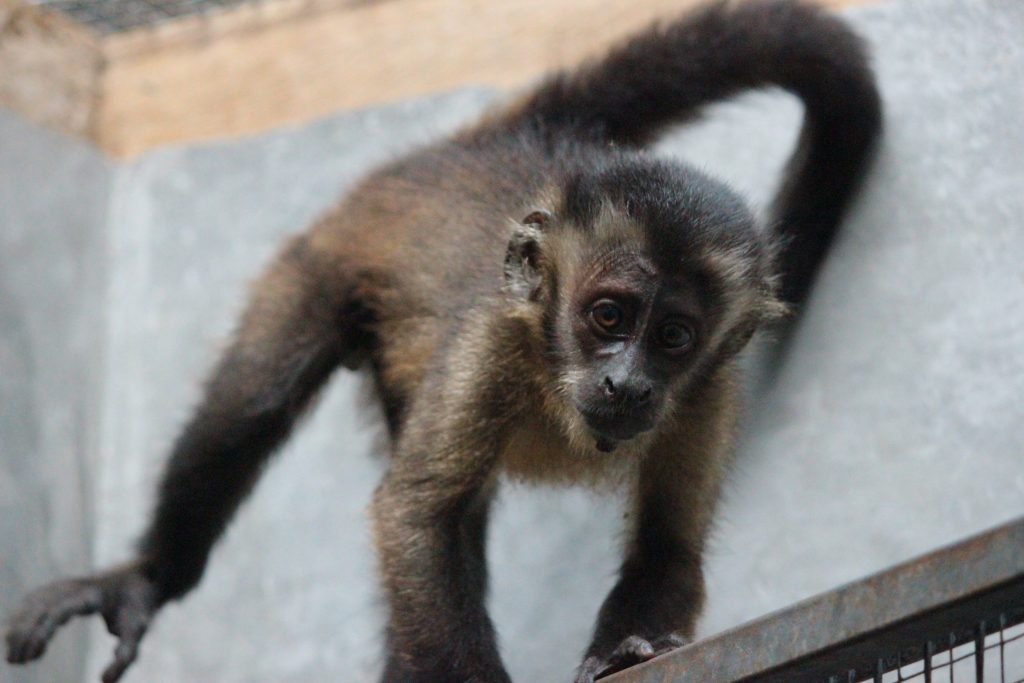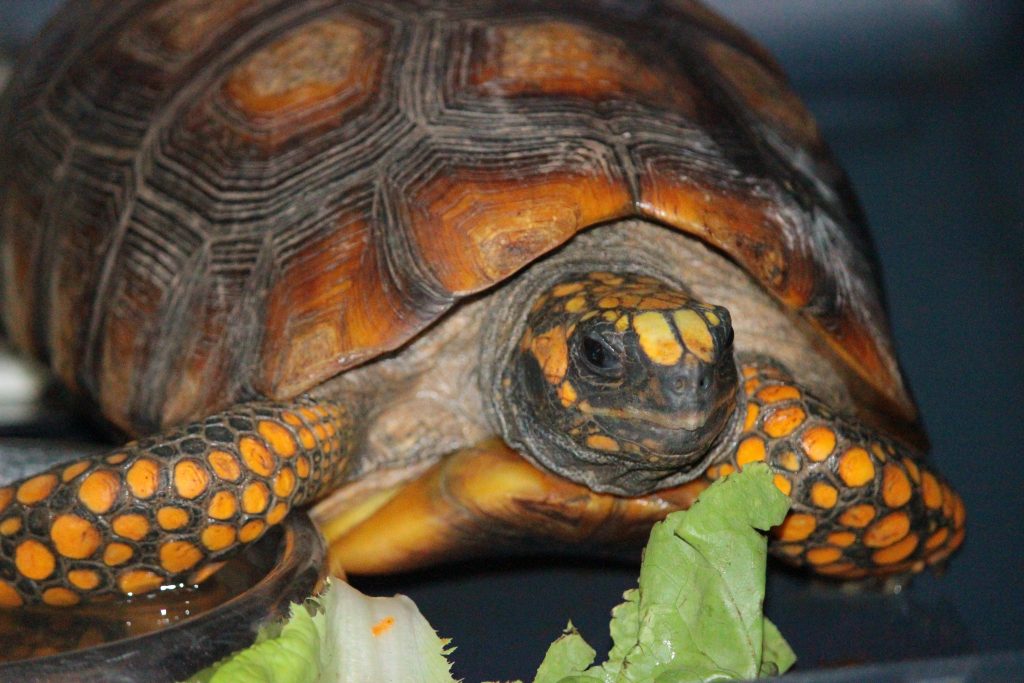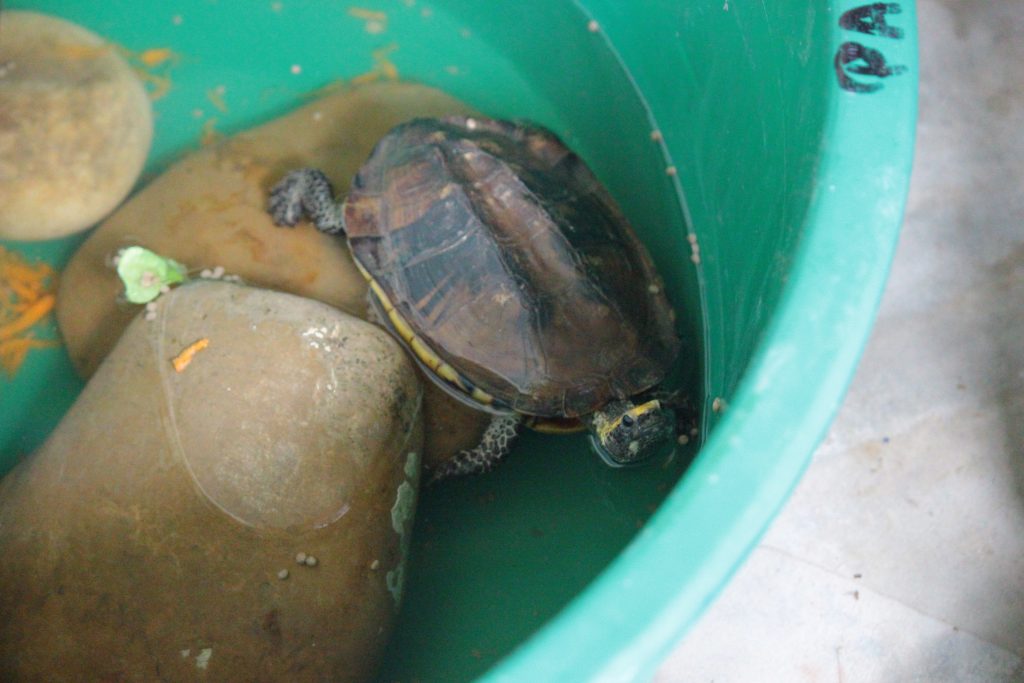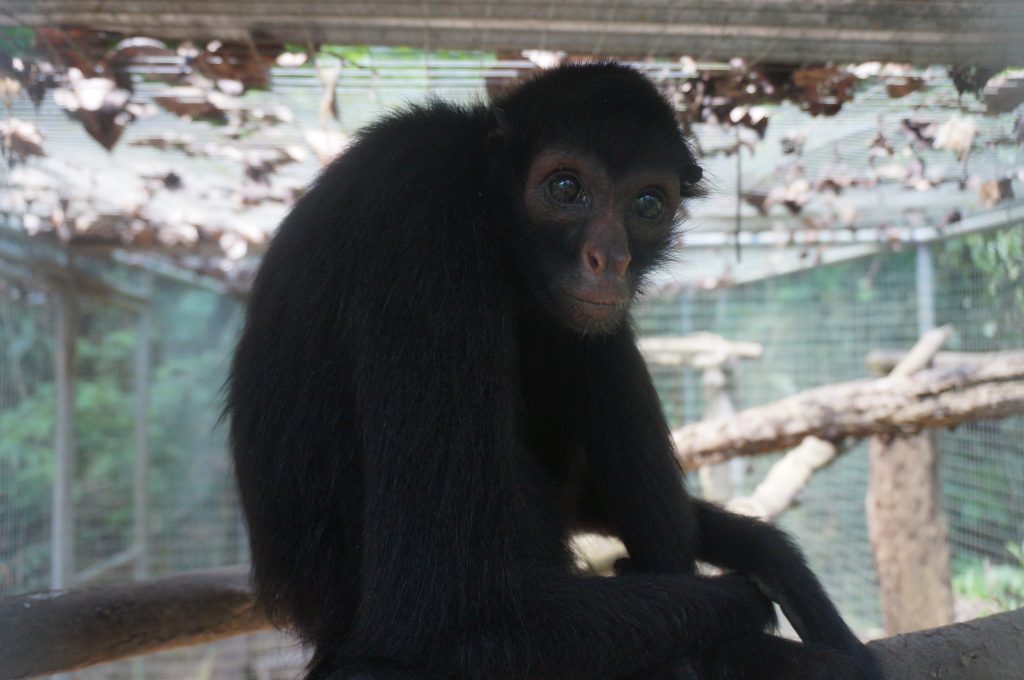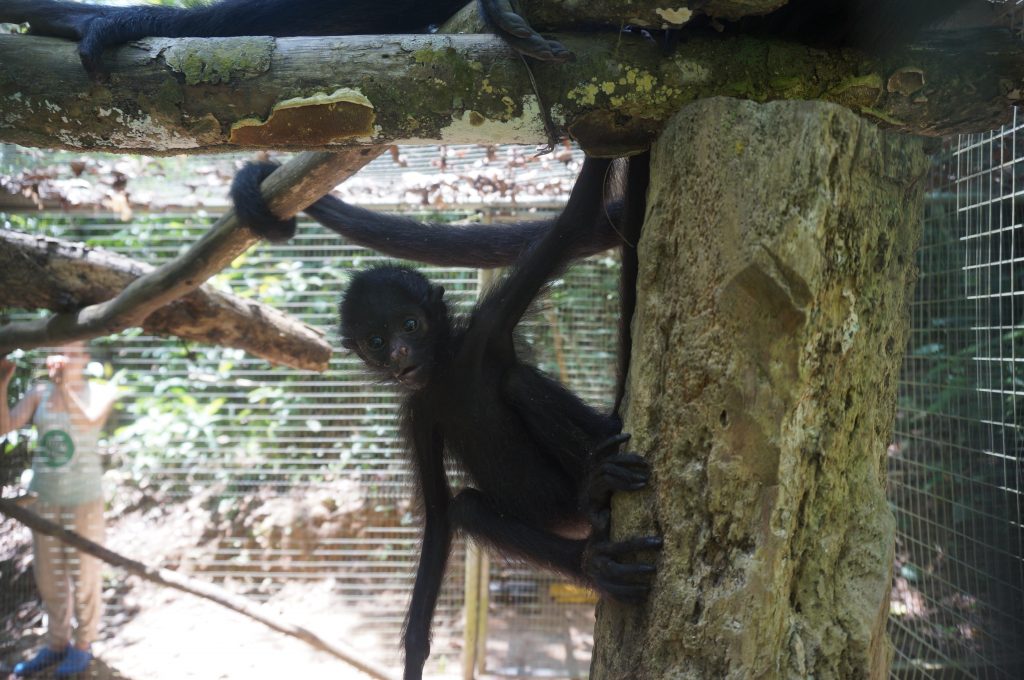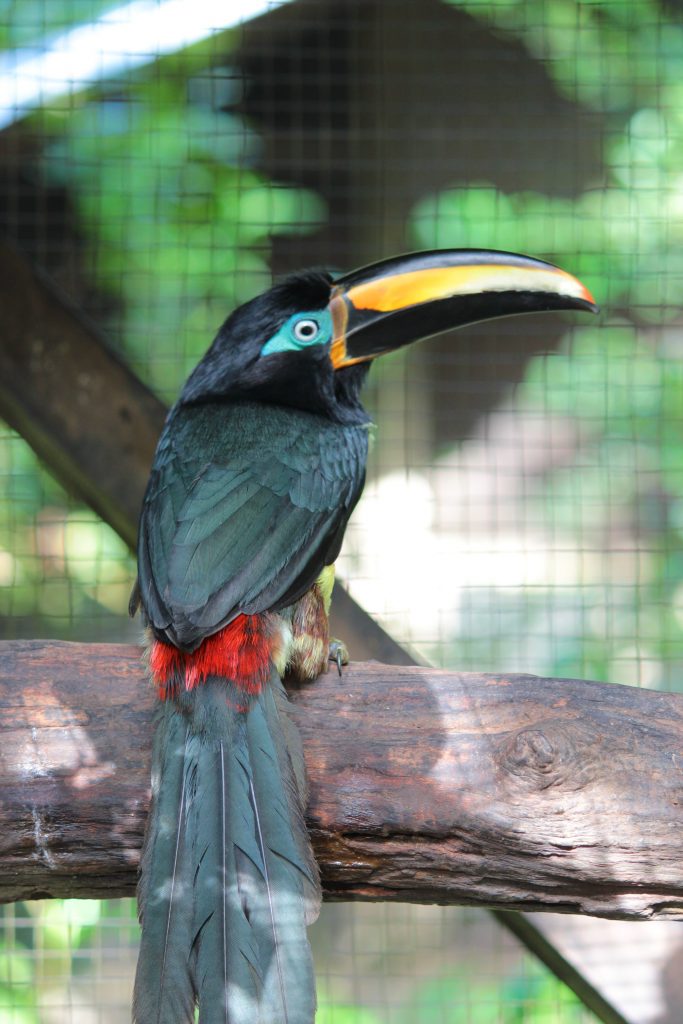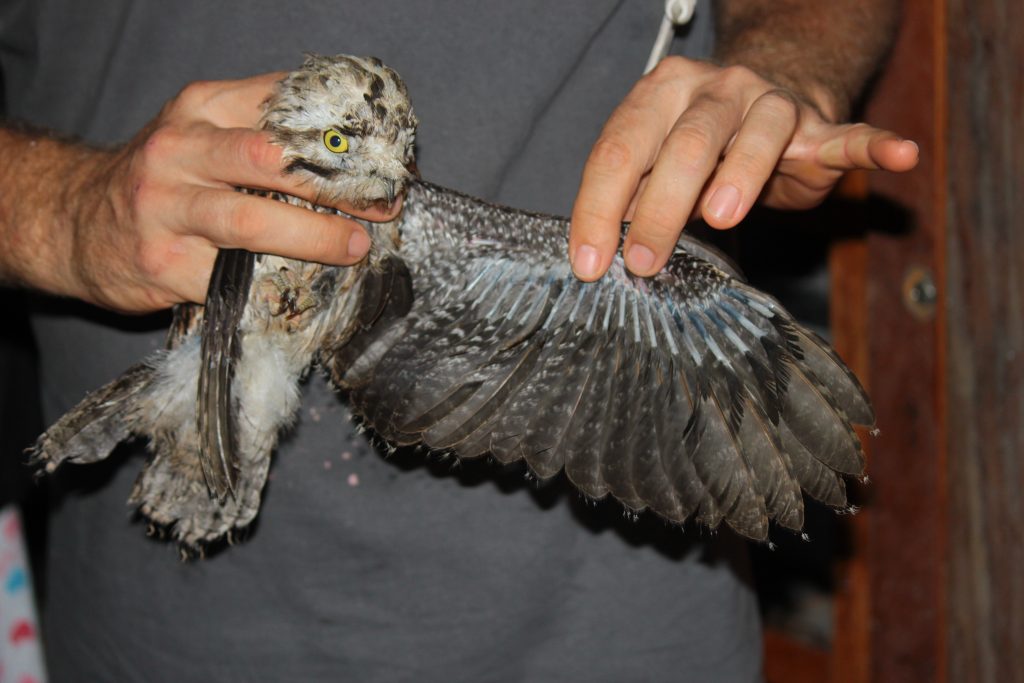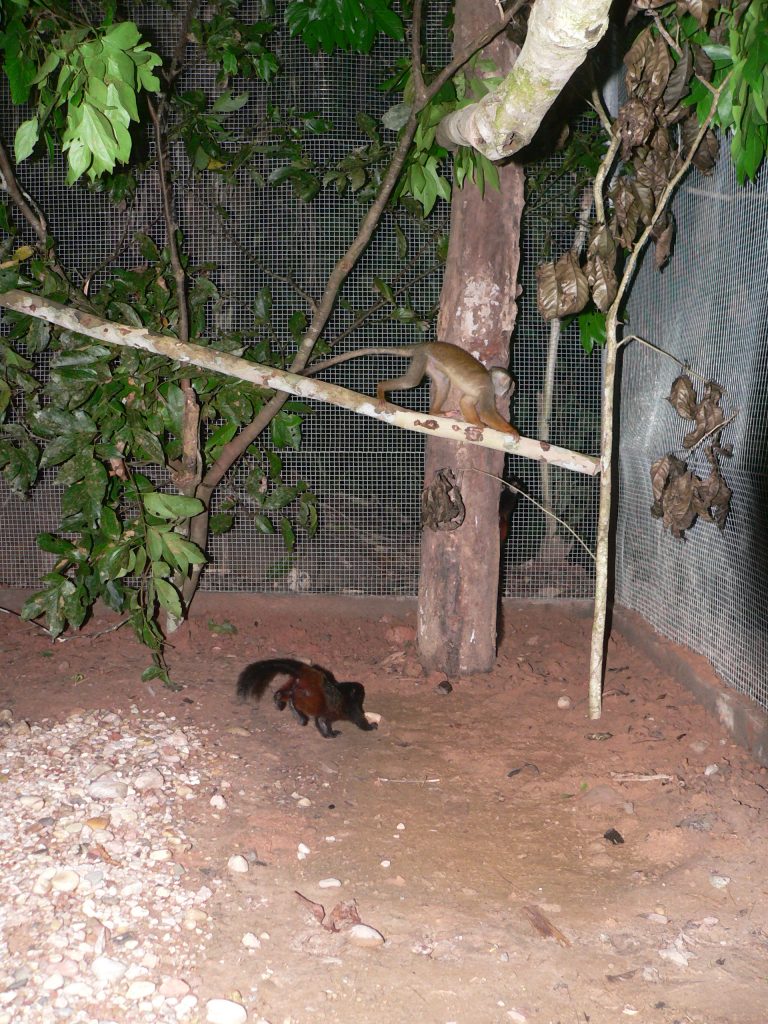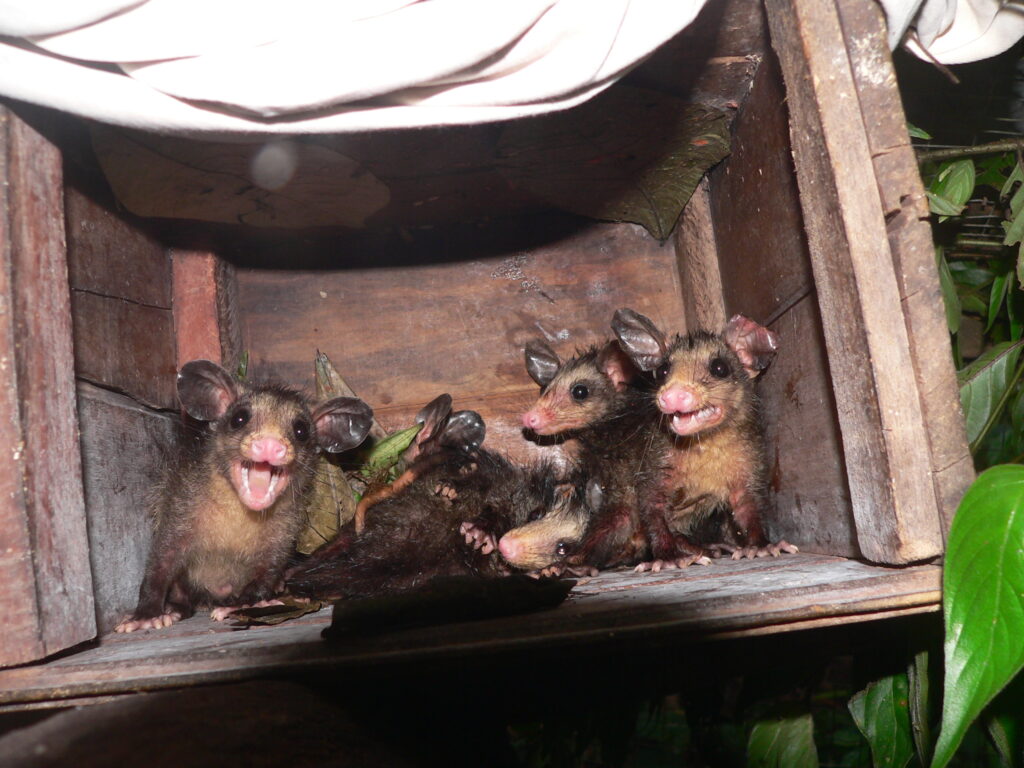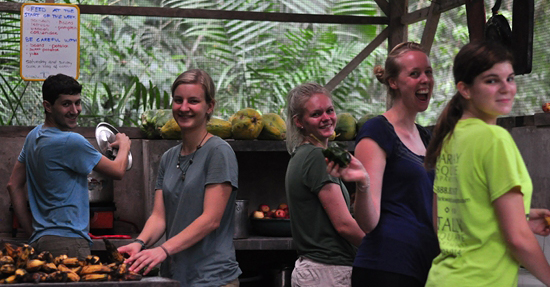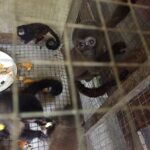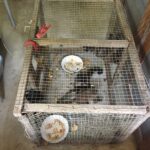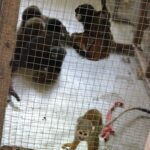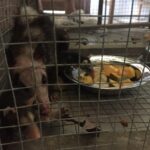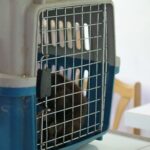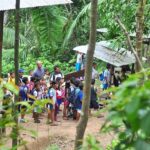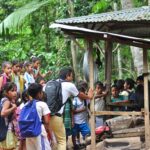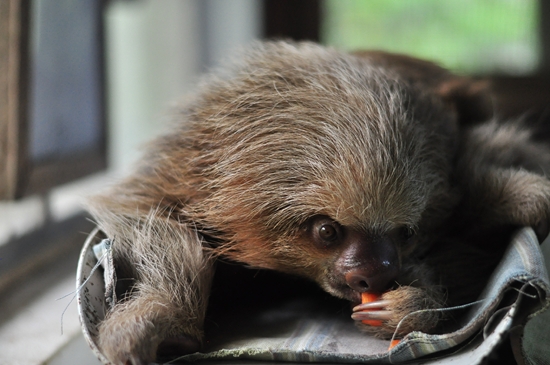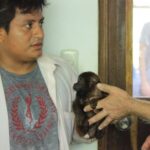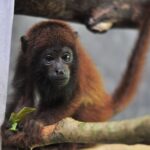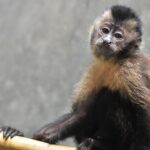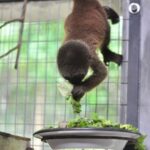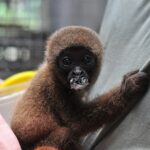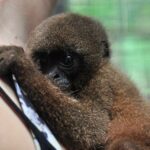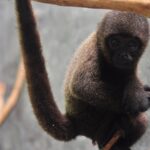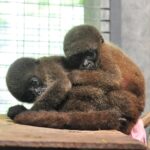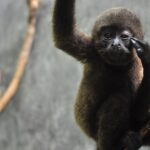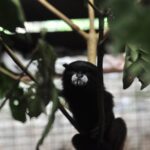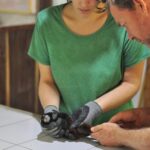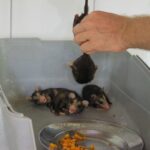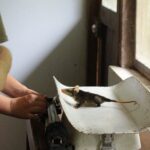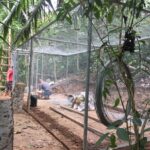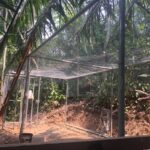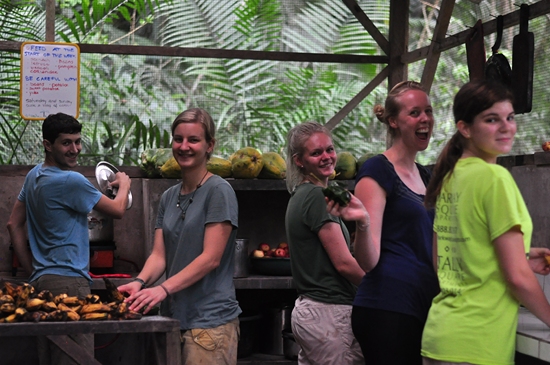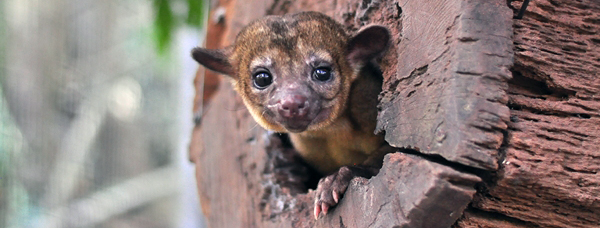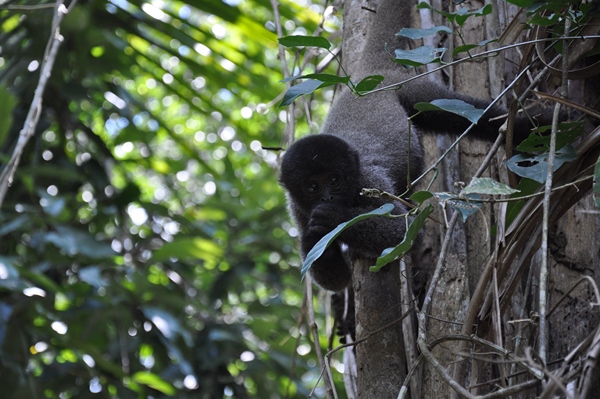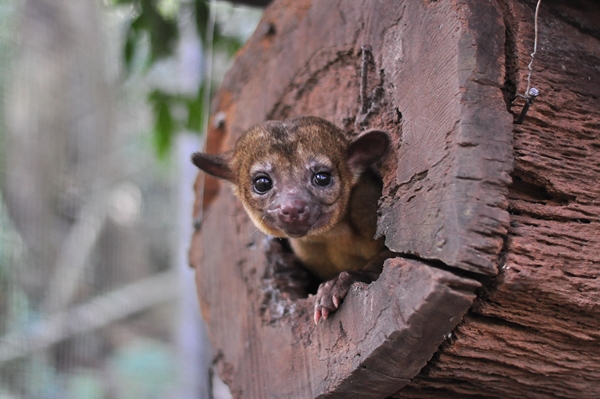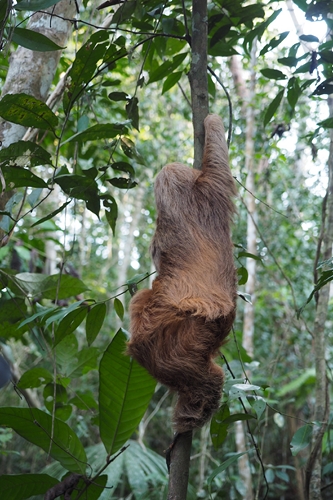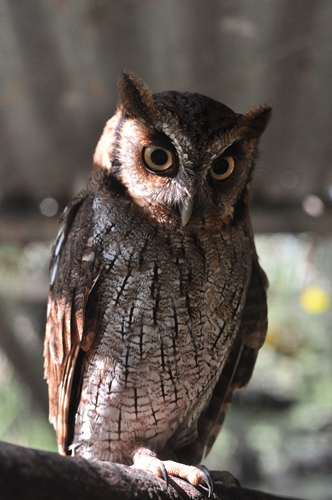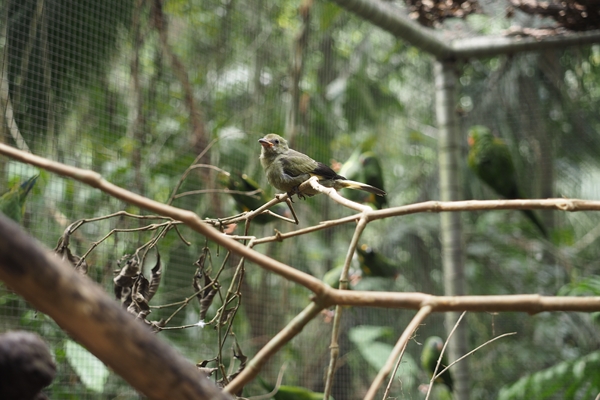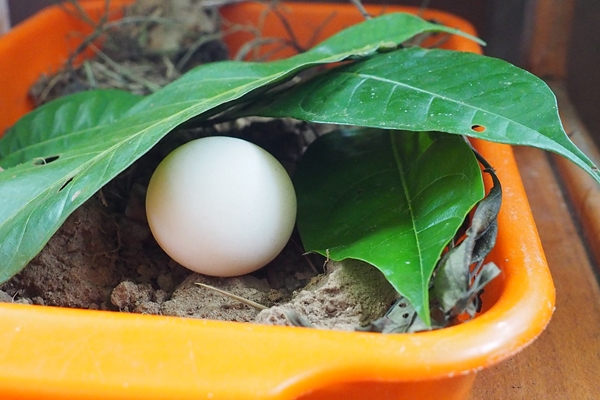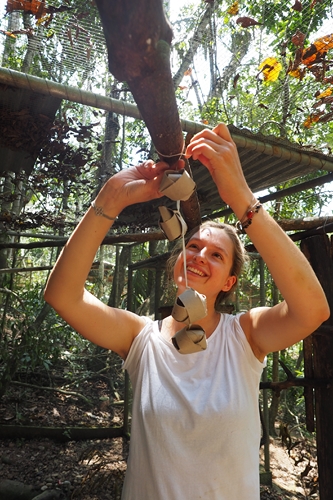This annual newsletter comes to you in a new form and layout. We decided to share with you only the most important happenings over the last year, as the rest is shared with you through our regular month-updates on our blog.
We received very good news from our Communications Manager in England, Lauren Young, that Lush Cosmetics was willing to finance several of the necessary constructions. Some that have been finalized are the new deer enclosure for Rabito and Ringo, the reptile pond and a new release cage for small mammals/birds. Thank you Lush Cosmetics !
From Holland we got news from the “Jaap van de Graaf” foundation for the welfare of animals. They decided to contribute to the welfare of the animals at Esperanza Verde with a huge donation for the general animal care taking. After meeting them in Holland, they decided to help us build the so much needed quarantine and as if this was not enough they also committed to helping us with the general animal caretaking costs for the next three years! Thank you foundation “Jaap van de Graaf” !
Thanks to the continuous support of the Susy Utzinger Stifting, in Switzerland, we have been helping many animals in the clinic. This year the “Susy Utzinger Stiftung” also financed one of our release cages, the Tiliku cage. Thank you !
But not all was good this year, as we had some severe loses, some of them happening within a month. We had to say goodbye to one of our favorites, our beloved tapir Rincay. As well Zambo, Willow and Camila were among the ones we lost in this short time. Those moments make it very hard; especially with the ones we so intensively took care for in the beginning and were doing so well.
Unfortunately the illegal animal trade is still a huge problem so there is not much time to mourn. When new animals, arrive, we get up and start helping again. And thanks to all the hard working and dedicated volunteers and support from outside, morally as well as financially we can make a change for so many animals.
.
 Constructions
Constructions
Thanks to several donations we have been able to build the following enclosures and buildings :
– Reconstruction of the turtle pond in the reptile cage.
– A deer enclosure, for our two male deer, Rabito and Ringo.
– A guesthouse for special visits from outside Peru or within Peru, e.g. veterinarians, people from the Ministry, etc.
– A new release-cage for birds or small mammals.
– A storage building with two compartments, one for human food supplies and one for the tools for constructions.
– Reparation of the Rincay and Xena enclosures.
.
 SUST Animal Orphan Hospital
SUST Animal Orphan Hospital
Our clinic was never empty. It has been very often used as quarantine for new animals, but also served for many treatments necessary for our resident animals. It made us realize how important it is becoming that we start planning for a real quarantine. With the amount of resident animals growing, it is necessary to keep a strict separation from those animals with new animals.
Thanks to Susy Utzinger, we are now also able to help the dogs and cats in the village. As we did last year we had a deworming campaign in the village, Bello Horizonte. Many people came with their dogs or cats, and it was a big success. Not only because we could deworm so many, but as important is the educational aspect of the campaign. Making people aware of the importance of taking good care of their pets is a first start in giving all animals a better life. We will now make this a yearly campaign as part of the SUST clinic at Esperanza Verde.
.
 New Animals
New Animals
From December 2016 till December 2017 we have received a total of 65 new animals. 29 animals arrived from the Ministry of Flora and Fauna in Pucallpa, their origin mainly being confiscated within the illegal trade (on markets). 36 animals arrived from private persons, mainly from people who live in the surrounding (from Bello Horizonte to Curimana) who had them as pets. Two were born at Esperanza Verde. For more specific details on each individual you can read their story in our blog on our website.
 Mammals (41) :
Mammals (41) :
– 4 Howler monkeys (Alouatta sara), 3 males (Wallace, Darwin, Cesar), 1 female (Kaya).
– 2 Spider monkeys (Ateles chamek), 1 female (Cumala), and her son (Cuma), about to be released in the centre.
– 1 White fronted capuchin (Cebus albifrons), Kaito, released and disappeared.
– 8 Brown capuchins (Cebus apella), 7 females (Rioma, Tisha, Lia, Selma, Mayantu, Kres, Kurima), 1 male (Capu). Except for Selma, who dissapeared after release and Mayantu, who is a baby and thus still under intensive care, the rest is together with the rest of the monkeys outside.
– 6 Common woolly monkeys (Lagotrix lagotricha), 3 females (Uma, Maruja, Naka), 3 males (Loki, Monano, Tawaki). Tawaki and Naka are still in an outside cage, while the rest already joined the outside group.
– 2 Saddleback tamarins (Saguinus fuscicollis), 2 males (Tokay, Tiriko), released.
– 3 Squirrel monkey (Saimiri sciureus boliviensis), 2 females (Noema, released, Culina (born at EV, mother Camila), 1 unknown (born at EV, mother Silvana).
– 2 Night monkeys (Aotus micomax), 1 female (Luna), 1 male (Otis)
– 1 Armadillo (Dasypus novemcinctus), female, died after several days.
– 2 Tamandua (anteater, Tamandua tetradactyla), 2 females (Tamana, unnamed) released.
– 8 American Opossums (Didelphils marsupialis), 3 died, 5 released
– 1 Giant anteater (Myrmecophaga tridactyla), released.
– 1 Olingo (Bassaricyon alleni), male (Ossi), released.
Getting to know howler monkeys !
A lot of this year was about howler monkeys, starting with the arrival of Wallace in January. As we already had several, not so good, experiences with howler monkeys, we were determined to make it work this time. Luckily Wallace arrived already pretty healthy, and he has been growing nicely. He has been some time (several months) under intensive care of Alex (our long-term Head Volunteer/Assistant). He is now outside and living well with the other monkeys. Recently he broke one of his arm bones, most likely from a fall. But this does not get him down, and he slowly is able to use his arm again, and is still happily outside playing with the woollies. With the success of Wallace, we felt we would be ready for others. Well it did not take long, and as if we were tested, we received within a month three new howler monkeys, Darwin, Cesar and Kaya. Darwin and Cesar were doing well together, while Kaya had health issues from the beginning. As soon as Kaya got better, Cesar started having problems. They have been on and off in intensive care of Claire (who took over after Alex left), Olivia and volunteers. At the moment both are gaining a bit of weight, and seem to do better. Darwin in between this all, stayed healthy and is happily playing in the clinic. He is the one who is less attached to humans. We often have seen this, that the animals less attached to humans are the stronger ones. This is one of the reasons, we have a non-touching policy, meaning that as soon as we can (health wise, and age wise) we will leave the care of a monkey to the other monkeys. This way they learn best how to behave and where to find good food and shelter. For now all three howler monkeys, stay during the day in one of the clinic cages, together with Mayantu (the female baby brown capuchin). A volunteer sits with them several times a day to stimulate them to eat. Once a day they are all taken to the baby monkey outside cage (at this moment with Tawaki and Naka, two woolly monkeys), and once they are taken to the plantation to climb and find some wild leaves themselves. During the night Cesar and Kaya stay in a sleeping box at Douwe and Olivia’s house, while Darwin and Mayantu are in the clinic. We really hope they all will get totally healthy soon, and are able to join Wallace and the other monkeys outside. So far so good……
 Birds (18) :
Birds (18) :
– 1 Orange winged amazon (Amazona amazonica), Neo, will be joining the non-flyers in an outside cage soon.
– 1 Bat falcon (Falco rufigularis), released, after recovery of a hurt wing.
– 1 Common potoo (Nyctibius griseus), died.
– 6 Ruddy ground doves (Columbina talpacoti), 3 released, 2 died, 1 enclosed in non-flyers cage.
– 2 Palm tanagers (Thraupis palmarum), 1 died, 1 in non-flyers cage.
– 1 Seedeater sp. (Sporophila sp.), died.
– 1 Black fronted nunbird (Manosa nigrifrons), died.
– 2 Hoatzins (Opisthocomus hoazin), died.
– 2 Purple gallinule (Porphyrio martinica), died.
– 1 Shiny cowbird (Molothrus bonariensi), fledging, waiting for release.
Baby birds.
Most of the birds we receive come from people in the village. Most come as nestlings, like the hoatzins, and the gallinules, very young, and very sensitive. The outcome is always unsure, as it all depends on the state of the animal at arrival and the adaptation to the handling and the diet. Sometimes it happens that a bird nest fell out of a tree, while someone was cutting the tree, or playing in it. Unfortunately the hoatzins and gallinule, died within the first days of arrival, while several doves and the tanagers were raised till they could fly and some even be released. Sometimes birds are shot down with catapults, one of the favourite toys of local children. Last year we had a few, this year one. Our children who attend the local school might have helped encourage this decline, we do hope so, as it would mean children take care more of animals, and see that they, as we, can hurt. This said, we can see the, although sometimes small, change there is in people around us. They see us care for all these animals, come and visit us, and see the efforts we take for helping these animals.
 Reptiles (6) :
Reptiles (6) :
– 4 Yellow footed tortoises (Chelonoidis denticulata), 1 released, 2 in reptile enclosure, 1 in quarantine.
– 1 Twist-necked turtle (Platemys platycephala), released.
– 1 Common toad-headed turtle (Phrynops nasutus), released.
Pinto, the painted tortoise.
Well sometimes people do funny things. First, take a tortoise as a pet, ok this is maybe understandably, but then why not paint it! This is how a yellow footed tortoise of 150 grams, came to us, fully colored, and a foot hurt by a lawnmower. His wound recovered well, and after cleaning his carapace he is now roaming around with the other tortoises in the reptile enclosure.
.
 How are all the “old” animals ?
How are all the “old” animals ?
Elmo, male two-toed sloth Even though he is no longer a resident at Esperanza Verde, roaming around as he wishes in the forest, Elmo is spotted from time to time. On one of these occasions, we had the opportunity to weigh him. We were glad to see that he is doing really well! It was a joyful moment for Olivia, Douwe and the volunteers to see the result of such a successful release. We also took the moment to introduce Lulu, female two-toed sloth, to him. They seemed friendly towards each other, with Lulu licking Elmo’s nose. We hope that Lulu’s release will be as successful and she can find a friend in Elmo.
Jordi, our male brown capuchin, disappeared. We believe he is still alive, and even might have been seen by Machico, while out in the forest planting trees. Although it is hard to distinguish all those different monkeys, Jordi has been so long with us, and Machico knew him well. We believe he might have been chased away by our new comer from the wild : Maku, a fully adult male and wild capuchin. He found himself a kingdom here, with so many females to take care of ! He directly got busy and impregnated three of our female capuchins, Mica, Nera and Tisha.
Mica, who was the very first monkey to arrive at our Rescue Centre, gave birth to a healthy baby just before Christmas! We were so joyful to see a capuchin monkey who we hand raised, successfully bring a new life into the wild monkey troop.
Of course there are many more to write about, but for this we ask you to visit our blog and find the animal you want to know more about. If you can’t find anything feel free to write us. We are always happy to tell you their story.
.
 Animals we have had to say goodbye to
Animals we have had to say goodbye to
After almost seven years we had to say goodbye to our beloved tapir, Rincay. After a month of illness, treatments, consults with several veterinarians, we took the tough decision to help him go. We still miss him dearly, his whistles, his splashes in the water, him laying down for a nice petting……
Willow (male woolly monkey) disappeared mysteriously one day, and although we of course hope he is fine, realistically we doubt his days ended well. After searching for him for several days we had to give up. He was a bully at times, but so great with all the new young monkeys. Kamari is now on his own as big chief for the woollies.
Seven months after giving birth to her first baby, Camila died of defensive wounds. Most likely bitten by one of the male squirrel monkeys, during mating season. We found her dead on the floor in the morning. Her daughter has been taken care for by Nikita, a female brown capuchin, and we hope she is doing well. It is hard to recognize her, as Camila did a great job. Culina, as we named her, is not at all tame, as her mother was when she arrived in 2012.
Zambo, our partly blind tayra, did not come back after one of his walks with a volunteer. Although searching for him for some days, there was no sign. He normally always would return, so we feared for the worst. A month later we heard from a local that his dog got into a fight with a tayra. We had to assume this was Zambo, and he most likely was too hurt to be able to return home.
.
 Volunteers and Work
Volunteers and Work
Esperanza Verde now is supported by several foundations and associations within Europe, set up by several volunteers, so it was time to bring all heads together ! Philipp arranged we could all meet and stay in Switzerland. As Olivia was visiting Holland, several meetings were arranged, including meeting with Susy Utzinger. We started at the Zurich Zoo, being guided by Nadja and Philipp. It was great being there, thank you for your many interesting and funny explanations! During the meeting representatives of the Dutch foundation, the English foundation, the Swiss and the German association, as well as our webmasters all came together to get to know each other, as well as to talk about several issues for the future for Esperanza Verde. Thank you Susy Utzinger for making your office available for our meeting and inviting us to a beautiful brunch in the Swiss country side. Several old-volunteers joined and later we met at a get-together at Bigna’s place (thank you for opening your house for us !). It was great to see everybody again ! Thank you Philipp, for the great organization.
Then it was time for a visit to England, with the main reason a visit to the Monkey Sanctuary in Cornwall. Olivia and Lauren had a great meeting with Rachel Hevesi, who has many years of experience working with monkeys, especially woolly monkeys. We learned a great deal from her, and hope to share our experiences in the future. It is a beautiful place and a great job they are doing there in Looe. Thank you Rachel for giving us so much of your time and knowledge.
In Holland we had a great reunion with several old-volunteers while having a great meal at Toko Klein Java. Thank you Irene Bonte and Kees Kamschuur for this beautiful afternoon. Last year we enjoyed having Alex Fredblad from Sweden here. She started as a normal volunteer, went on a holiday, came back, and so she joined us as a long-term volunteer-assistant to Olivia. Thank you Alex for all the good work you have done for us and the animals here. We are happy you decided to stay involved and help Lauren to help EV from out of Europe.
Lauren and Iain from England and two of their good friends Camila and Luke, visited us. Lauren and Iain have been part of Esperanza Verde now for several years, and Lauren has now been our Communications Manager for some time as a volunteer, looking for sponsors, as well as the big job in handling all the email correspondence with volunteers. They spent several weeks with us, helping us with all the tasks, as well as preparing another video of Esperanza Verde. Thank you all for your hard work !
And as every year, our loyal volunteer and good friend, Theres, joined us again from Switzerland ! It was perfect timing as we were short of hands with all these baby animals ! With all the work, we did find time to celebrate a typical Dutch holiday : San Nicolas, and had a beautiful evening with gifts and surprises for everyone.
As every year the Ministry of Flora and Fauna will visit us to do their inspection. At this visit in December we got to release the two new spider monkey in semi-captivity, Cumala and Camu.
.
 Selva Dormida, The Sleeping Forest
Selva Dormida, The Sleeping Forest
Selva Dormida, is doing good, and word got out that there is more wildlife around here, as we are taking care of many animals as well as the forest. Of course this should be good news, but not all people have the same idea as us. Friends in Curimana warned us that there might be others coming to hunt in our area, so we started to arrange more walks by Machico, and put up several signs along the property. A special walk, with signs (wooden white arrows) was made by Douwe and Marlon, so volunteers can now walk on their own in the forest, and being able to find their way back! This way it is shown to people that this forest is protected, and should not be disturbed by hunters or loggers. Again this year, as we do every rain season, several young seedlings of wood (200) were planted.
.
 Family Life
Family Life
This year, Olivia went to Europe on her own, leaving Douwe, Kayla and Marlon at home. She had several meetings, while also enjoying the company of friends and family.
Big news is that Kayla will be starting her life in Holland next year. She will finish her high school there, so she will be better prepared for further education. It will be a big change, for her as well as for us as a family. Olivia’s best friend Catelijne and her husband Ron, children Fee and Lau, were so great to offer her to live with them as a family. Also a big step for them! Thank you so much for taking Kayla in. A school has been picked, all preparations are made, so in August 2018 Olivia will come to Holland with Kayla and Marlon, and leave Kayla behind. Not only us as a family but also Esperanza Verde will miss her a lot!
Marlon grew a lot this year, not so much in length, but in character! He is a big talker and can explain you everything about the forest and the animals here. He joins volunteers regularly on leaf-walks (picking leaves for the howler monkeys or Lulu the sloth), and goes fishing with mostly the guy-volunteers.
.
 Future plans and how you can help
Future plans and how you can help
Thanks to the Jaap van de Graaf Foundation we now started to plan the construction of the quarantine. This will be the biggest construction after the clinic, for the coming two years.
Another project we now started is the preparations for a manual for Rescue Centres, consisting of several protocols for different species that could be received in a rescue centre like ours. With the help of several students we now started preparing already some of these protocols. We will work together for the completion with two other rescue centres in Ecuador : Merazonia and amaZOOnico.
If you want to learn something about constructing houses and cages, building a clinic, taking care of different species of animals, living in the jungle, seeing some wildlife, etc., come and help out or spread the word. If you like animals, enjoy a simpler lifestyle, and you’re not afraid of getting a bit dirty sometimes, come and help out! You don’t need any special skills, just your willpower and enthusiasm is enough.
You can also help us in other ways :
– Donating, not only for special projects, but also for general caretaking. We always need funding for feeding and maintenance.
– Linking our web page to yours and mentioning us in blogs. Or inviting people to like our facebook page www.facebook.com/esperanzaverdeperuen or our instagram page http://instagram.com/esperanzaverdeperu
– Spreading the word around to people who might be interested in volunteering, or handing out the flyers to people interested in coming to help out, e.g. at universities, schools, or among friends. They are available on the website of the German association.
– Become member of the German or Swiss association, and join the reunions to meet all other volunteers.
– Organizing a fundraising event at your school, work, with friends, or any other activity to raise money (e.g. for a specific project). You can always write to us if you need more information or photos to help you with this.
.
 Thank you !
Thank you !
Esperanza Verde would not be possible without all the help we have been receiving, physically, morally and financially.
Volunteers and local helpers
– Thank you to all the volunteers who have stayed with us and helped us in everything :
Liesbeth Ramslag, Niels van Eeten, Linda Koos, Karole Leenen, Jordan Burnett, Jeroen v. Son, Aze Peters, Sanna-Reeta Meihahti, Jennifer Mandersloof, Leontien koene, Vince Mulder, Ridge Droste, kees Kampschuur, Irene Bronte, Anna Gruyters, Laura Tuk, Winnie Gut, Luke Fiore, Niels de Wit, Quirine Smith, Nina V. Diesen, Mathilde Mombel, Melanie Quartier, Nora Luedi, Sanne Boot, Jolien v. Barlingen, Marlon de Vos, Kaspar Spillman, Lucie Desfarges, Mireille Galonnier, Nicolas Bouille, Robert Jan Driehuis, Twyla Liden, Solene Menard, Robert Hilton, Marlen Pietsch, Jaqueline Brunmans, Bert-Jane Robbe, Wies Robbe, Peter Adema, Megan Quinn, Andrea Williams, Danielle Johnson, Chase Daftary, Donna Simmons, Philip Stettler, Ben Steiner, Christelle Havegeer, Maelle Idrovo, Evelien v. Maarseveen, Johanna Pirker, Andrew MacNeil, Andreas Gess, Melissa Marmet, Sabine, Pfommer, Kristin Keunen, Chelsea Chagnon, Aruna Fernando, Anne Swep, Lisette Stock, Luke Hazelwood, Camila Martinez, Brian Esposita, Inge Buitengad, Johanna Karlsson, Marie Batzdorf, Tim Lorenz, Idoia Jauregui, Louen Coupa-Dufau, Louissa Fjellborg, Elodie Sapet, Bradley Carr, Janneke Merkens, Luis Araya Durán, Hannah Kopf, Theres Zigerlig and Harry Tear.
– A special thanks to Alexandra Fredblad who has been now with us almost a year, and is going home for studying. We are sure we will see her back! It is great she is now part of the EV-family !
– Thank you Claire Gilant for joining us again. Claire has been with us for several months in 2015, and is staying with us till January 2018, and come back for a longer period again in May 2018! We are so happy to have her back again and helping us.
– Thank you to our permanent staff : Dona Flor, our cook and help with everything, Machico and Geiler, helping out Douwe in everything, construction, maintenance and more.
– Thank you Dylan Lobaton Garcia, Esperanza Verde’s veterinarian and our good friend, for helping us at all times, and teaching us the Peruvian ways.
– Thank you Enrico Cazullo for your beautiful paintings, you are our artist! Thanks to you, Mica and Camila have a beautiful place in our home.
Support from outside of Peru
– Thank you Philipp Zerbe for being there for us at all times, as adviser, as president of the Swiss Association, as a colleague, a veterinarian and a very good friend. You always have our back, thank you!
– Thank you Lauren Young, for doing such a great job representing us from out of UK. Thank you for always being there for us and volunteering so much time to help us at Esperanza Verde.
– Thank you Lauren Young and Iain Braid for your ongoing support from back home and for keeping our Facebook page live and updated. It was great having you here this year and helping us out with all the work, and you did a lot ! Thank you.
– Thank you Noë Brand and Lukas Bischofsberger for all the hours you spent voluntarily working on our website, as well as on the international for all European support groups. Also thank you to Noë for helping to put together this newsletter.
– Thank you Catelijne Maij-Cortlever for your ongoing financial support for the website.
– Thank you Manuel Krauss for promoting us at the 13th of the Convention on Biodiversity that took place on December 2016, in Mexico.
– Thank you Laurie Vaxelaire for the beautiful design for our first official EV-t- shirts.
Support from other organisations
– Thank you Susy Utzinger and the Susy Utzinger Stiftung für Tierschutz for your ongoing support and help at all times. Thank you for financing the Tiliku-enclosure and and your ongoing support for the SUST Animal Orphan Hospital. Thanks to you we will always be ready with the correct equipment and medicine needed for helping animals here.
Thank you Lush Cosmetics for your generous donations to finance several enclosures at Esperanza Verde; the deer enclosure, the release cage Tupak, the reptile pond and the yet to be build big mammal enclosure.
– Thank you Schweizer Vereinigung für Wild-, Zoo- und Heimtiermedizin for your donation financing a new enclosure.
– Thank you DGHT Zürich for supporting our ongoing effort in rescuing reptiles and amphibia in EV.
– Thank you DELI-CAAT in Amsterdam for selling local Peruvian necklaces and bracelets to support Esperanza Verde.
– Thank you, Lauren Young and Alexandra Fredblad for helping out with this newsletter, writing sections, adjusting text and photos, checking grammar, and the layout.
– Thank you FVV Uni ZH and students of the 4 th year for your generous donation.
– Thank you to the children of the Nuts Basis school Teteringen, Irene Bonte and Kees Kampschuur for getting the start money for the new reptile pond. Because of you it got pushed up on our priority list, and with the donation of Lush Cosmetics we could finish it.
– Thank you Irene Bonte and Kees Kampschuur for collecting money with friends for the very necessary new desks and chairs for the children of the Primary school in Bello Horizonte.
– Thank you Stichting It Eibertshiem in the Netherlands for your generous donation.
– Thank you Bowle-Club Chur for your donation and support.
Donations
– Thank you Erich Hausammann for your generous donation, to help financing the release-cage Tiliku.
– Thank you Tobias Humbel for your generous donation to our organization.
– Thank you Peter de Graaf and Willemijn Bakker for your donations, both financial and materials.
– Thank you Katja Schönbächler for taking over the costs of taking care of Chiquita.
– Thank you Wellantcollege in Gouda, The Netherlands, and veterinarian, Isabelle van Eijk for your generous donation of various material and medications for the animals.
– Thank you Marijn Schrieken, Camila Martinez, Luke Hazelwood, Sean Glynn, George Jesson, Holly Baldock, Corry Stubbs, Philipp Zerbe, Isabelle van Eijk, Louk en Marian Conrads, Susy Utzinger Stiftung, Jorik Kordess, Lodewijk Conrads, Anne-marie Wieringa, Manuel Krauss, Theres Zigerlig, Lauren Young, Iain Braid.
– Thank you to our periodical donators: Jule Ritz, Eva van Andel, Nico von den Benken, Nadja Morf, Annelies Gerber, Trijn Mulder, D.M. de Ron, Eva Hartmann, Susanne Priess, Morgan Roussel, Lena Fredblad.
Advice and support
– Thank you to the Monkey Sanctuary (Wildlife Futures), for your time and knowledge given to us while visiting. Thank you Rachel Hevesi and Tjark Plat for sharing with us your knowledge and time.
– Thank you International Animal Rescue and Alan Knight for your advice and support.
– Thank you Prof Jean-Michel Hatt and the team of the clinic for zoo animals, exotic pets and wildlife for your ongoing support and advice.
– Thank you Dr. Morena Wernick from www.exoticvet.ch for your time, knowledge and help with our special cases.
– Thank you Frank Rietkerk, Anouk Fens and Warner Jens from Apenheul in Holland, for your time, information and advice.
Esperanza Verde International
– In Switzerland we are supported by the Swiss association “Förderverein Esperanza Verde Schweiz”. Thank you Philipp Zerbe, Carole Schuppisser, Lukas Bischofberger, Katja Schönbächler, Bigna Schulthess and Annelies Gerber for all your help, support and work you do. Thank you to all members and donators. We hope we will get many new members this year to support us. Check their website. The association is very active in finding sponsoring for any new project necessary, or material in need at Esperanza Verde. Various people support us surplus to their normal member’s fee : Sabrina Lejeune, Rahel Hufenus, Florian Schärer Florian, Tamara Schwager Juri Dosenbach, Bigna Schulthess, Katja Schönbächler and Mirjam Bär.
A special thanks to the families Carisch and Schwarzmann. It’s great to have support of all of your family members.
– In Germany we are supported by the German association “Förderverein Esperanza Verde e.V.”. Thank you Jule Ritz and Nico van den Benken for your enthusiasm in helping and supporting us. Thank you also to all members and donators. You can become a member and get regular updates. You can also help them with sponsoring activities, or just get in touch with old volunteers. Membership fees and income of any PR-activities are entirely given to Esperanza Verde. Check their website.
– In Holland we are sponsored by the foundation “Esperanza Verde”. Thank you Sven Groenen and Anne-Marie Wieringa for the time and work you are putting in for Esperanza Verde. All donations are given to Esperanza Verde for projects in needs or materials needed.
.
We want to apologize in advance in case we forgot to mention any supporters, financially or morally. We got a lot of things done with all your help and we will continue to work hard to realize all the things we have been dreaming of…
.
We hope you enjoyed reading all the news from Esperanza Verde and of course we hope to see many of you here (again) in this small paradise in the Peruvian jungle.
.
 Abrazos, Douwe, Olivia, Kayla and Marlon.
Abrazos, Douwe, Olivia, Kayla and Marlon.
.
If you want to write us a letter, send a postcard, or send us some local sweets from your country, we are always happy to receive anything :
Esperanza Verde
c/o Olivia Conrads/Douwe Bakker
Apartado 85 (P.O. Box)
Pucallpa, Peru



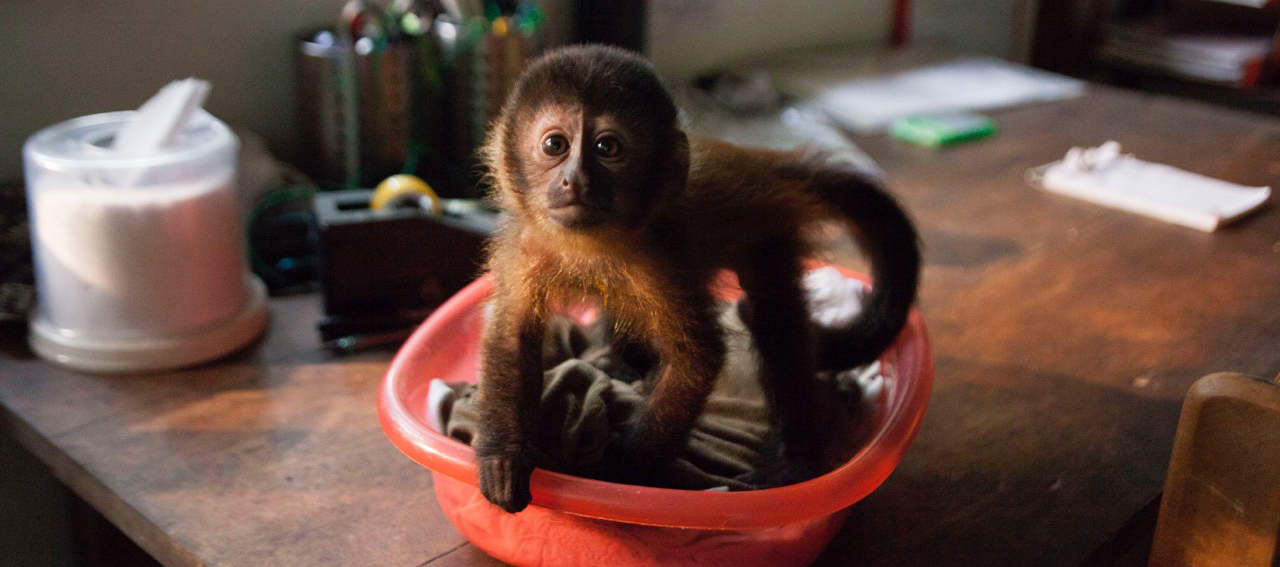
 Monkeys
Monkeys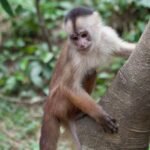

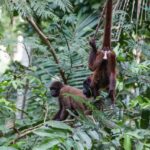
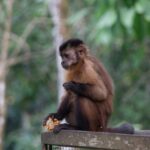
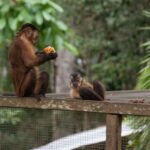
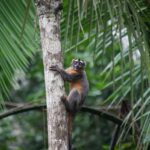
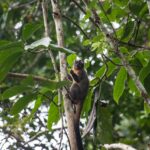
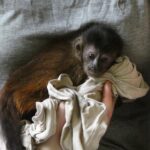
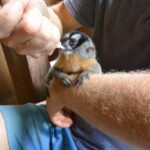
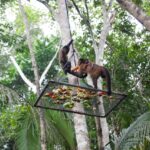
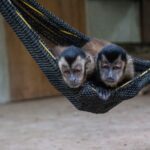
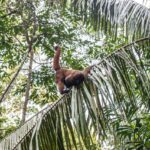
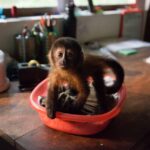
 Other Mammals
Other Mammals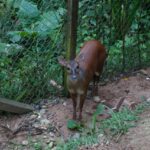
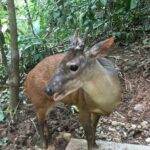
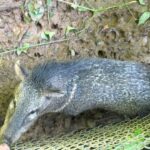
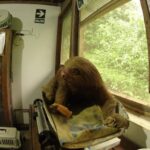
 SUST Animal Orphan Hospital
SUST Animal Orphan Hospital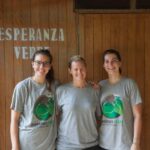

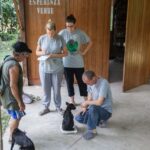
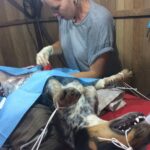
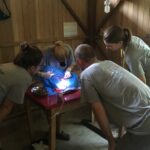
 New Arrivals at the Hospital
New Arrivals at the Hospital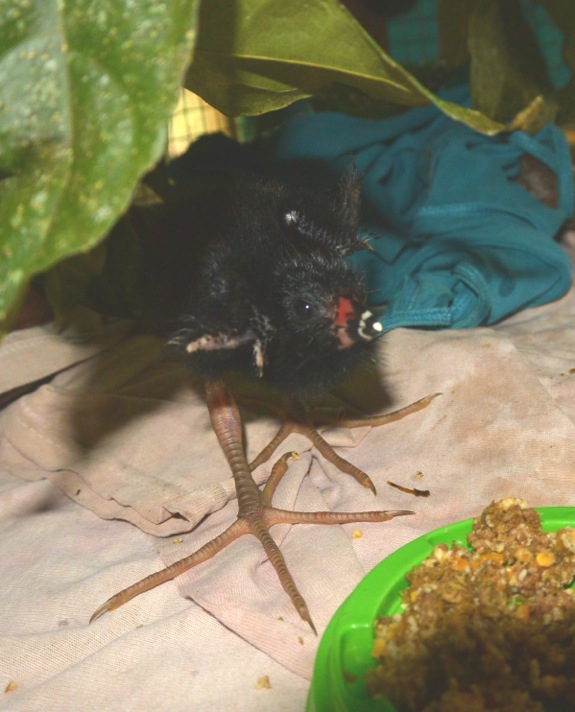

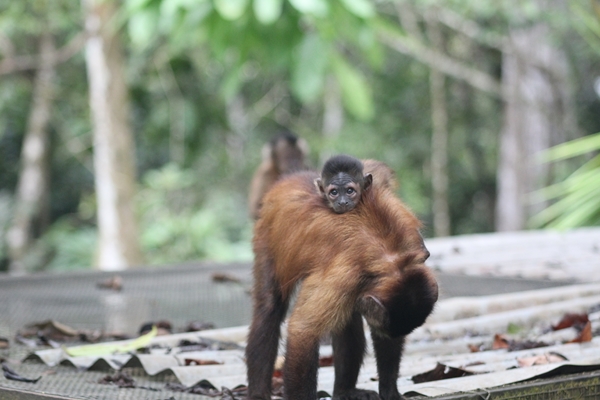
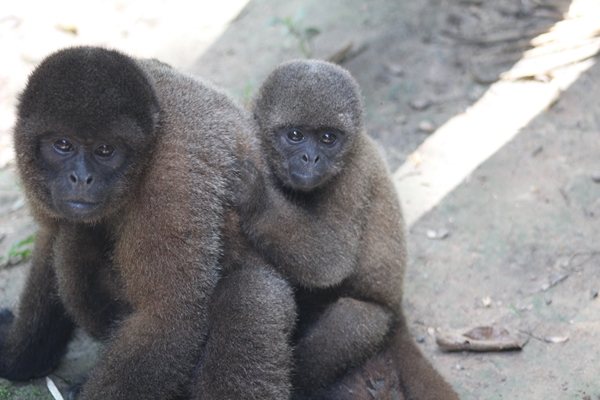
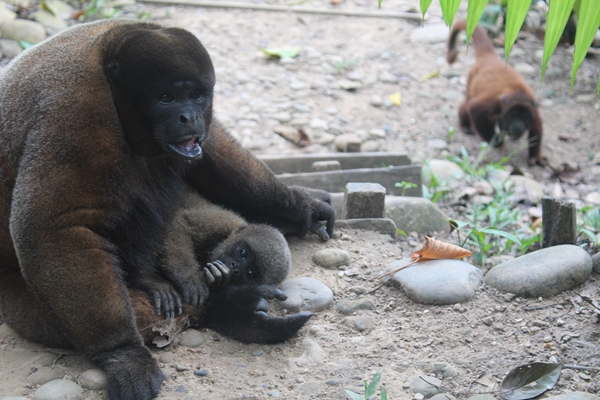
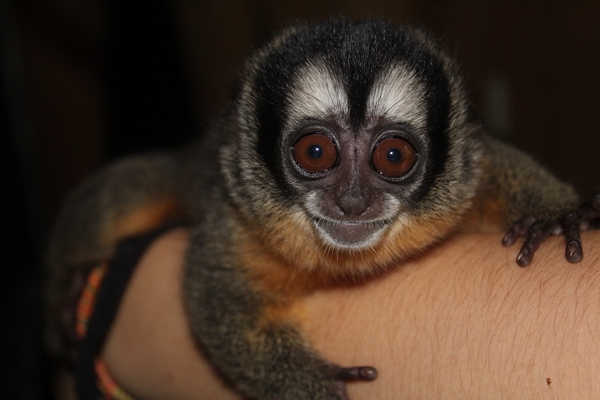
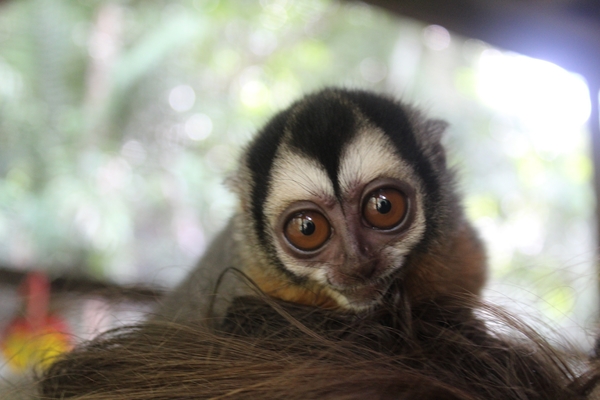
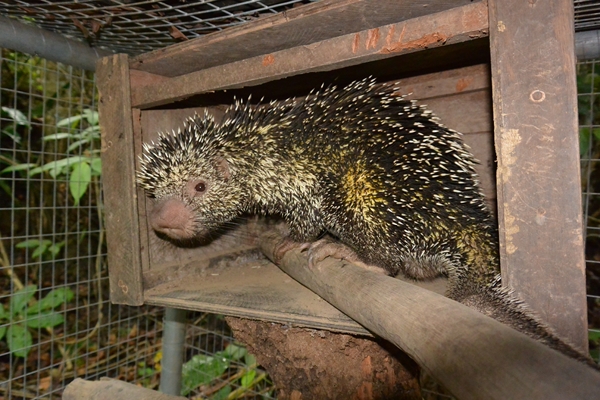
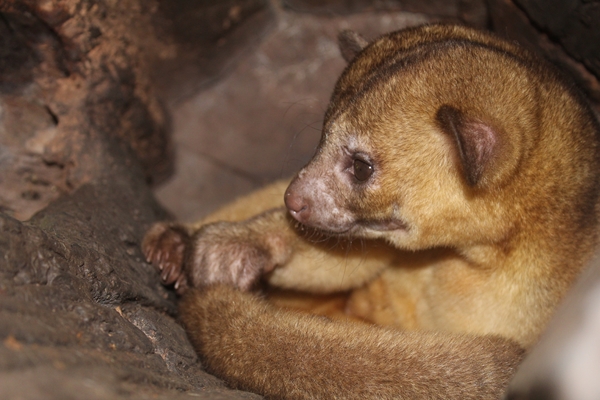
 Reptiles
Reptiles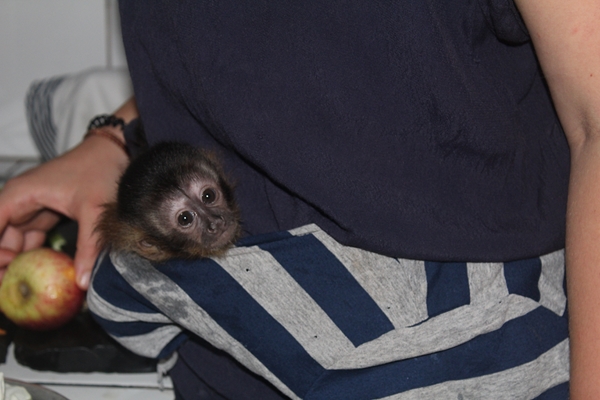
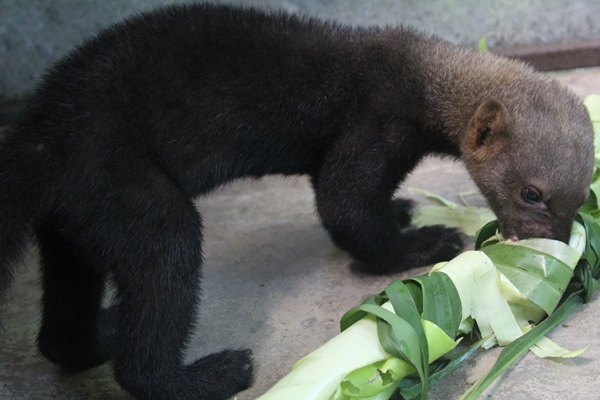
 Volunteers
Volunteers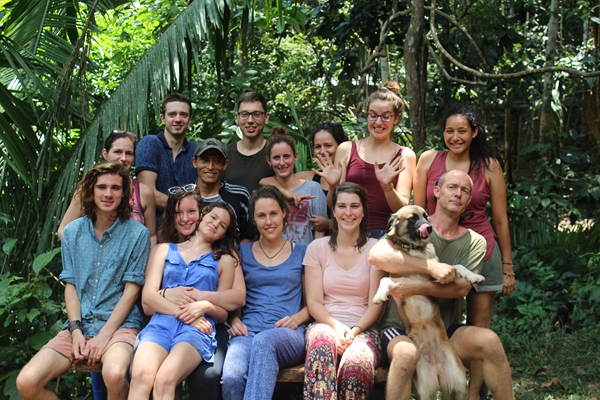
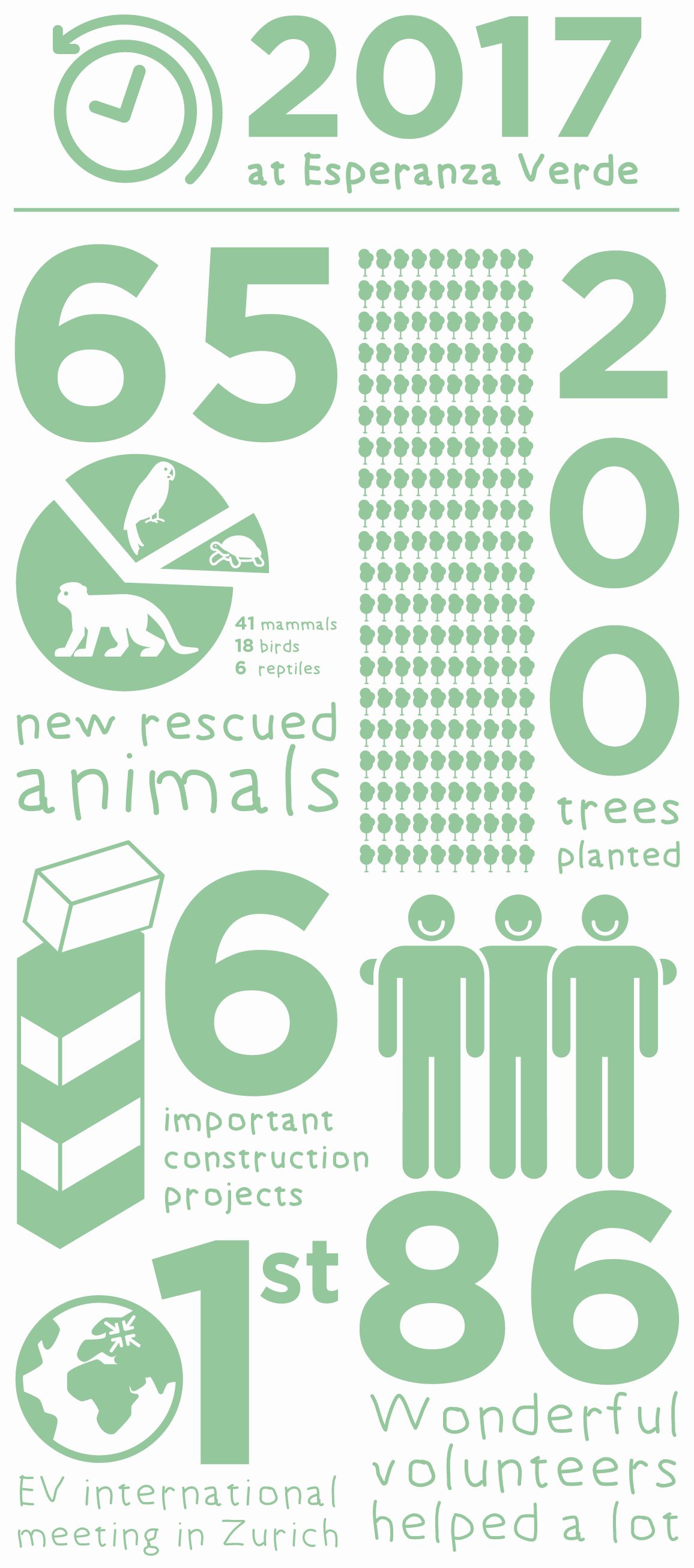
 Constructions
Constructions Animals we have had to say goodbye to
Animals we have had to say goodbye to Selva Dormida, The Sleeping Forest
Selva Dormida, The Sleeping Forest Family Life
Family Life Thank you !
Thank you !